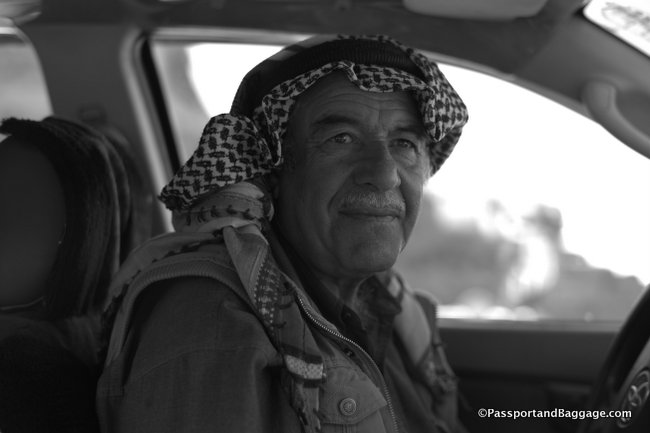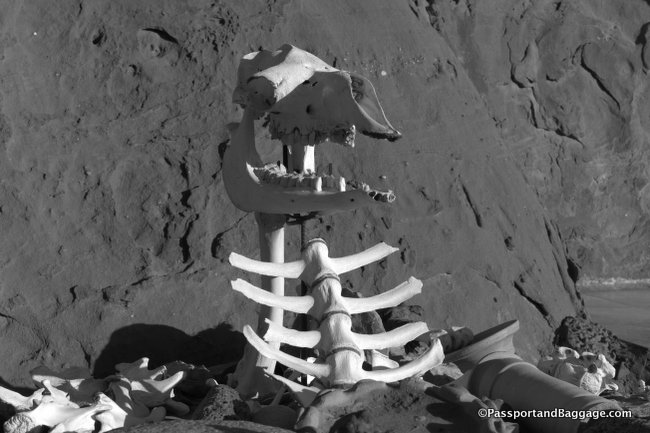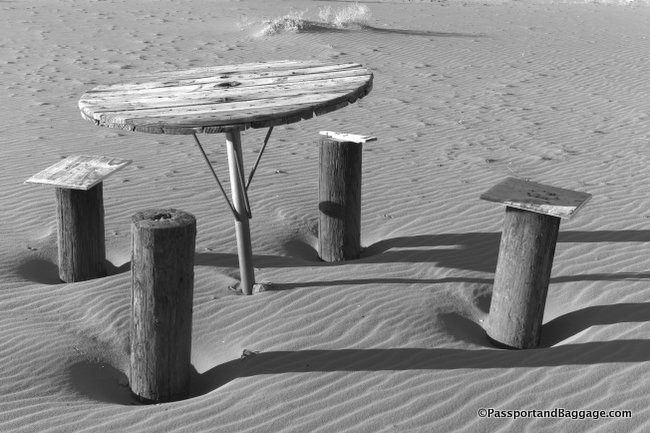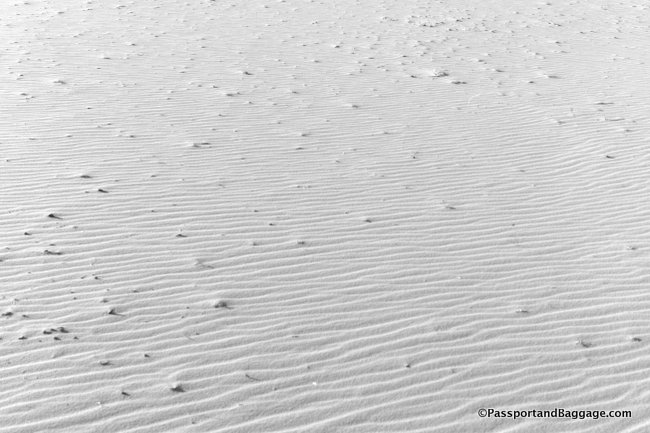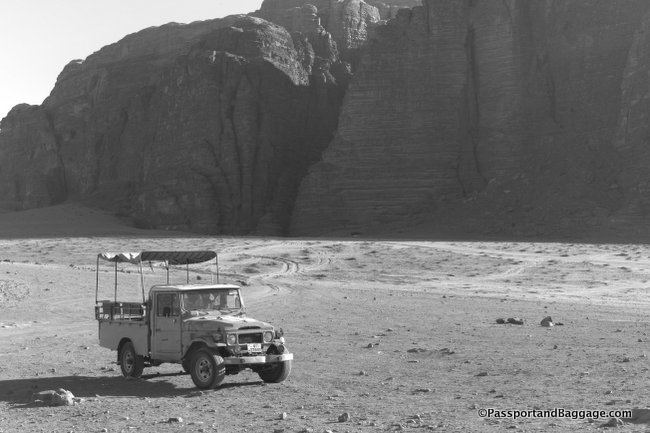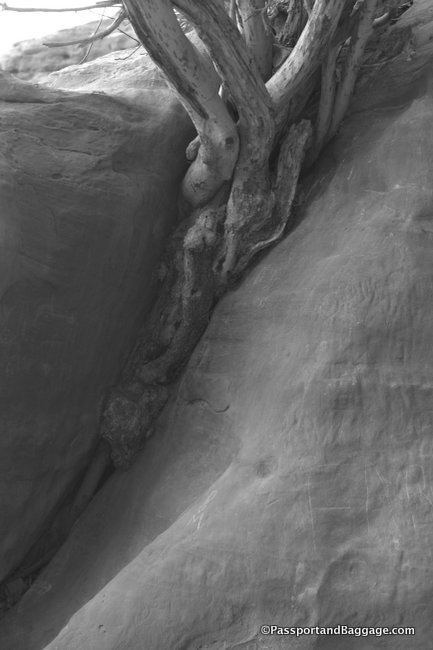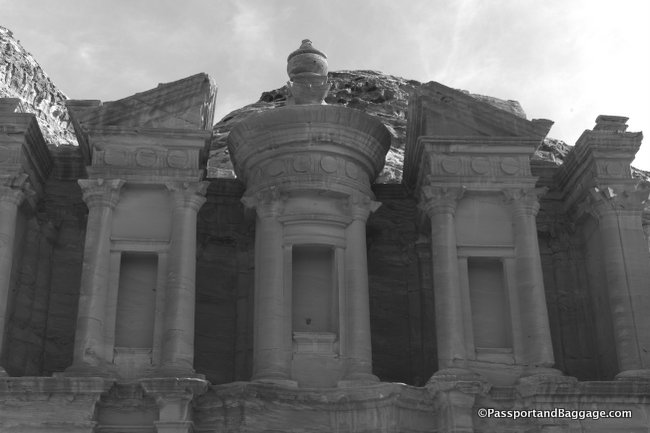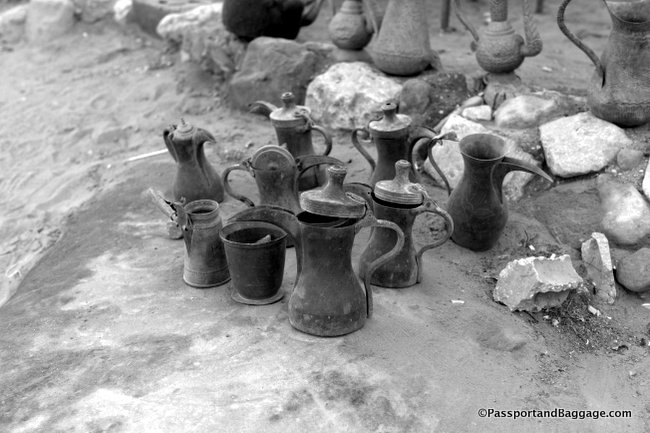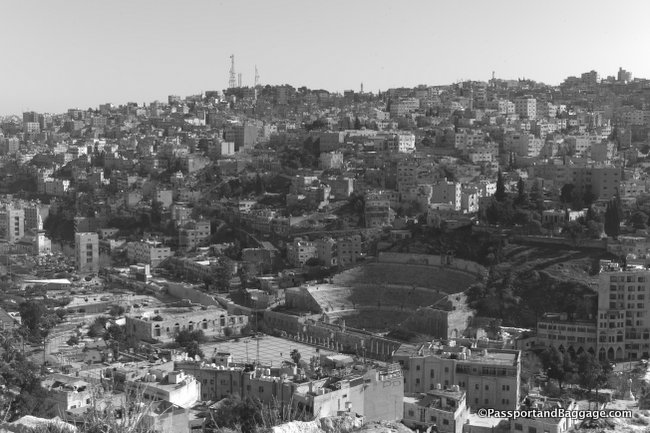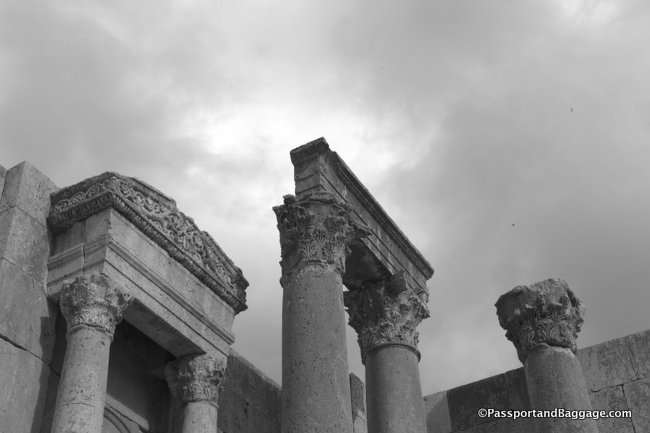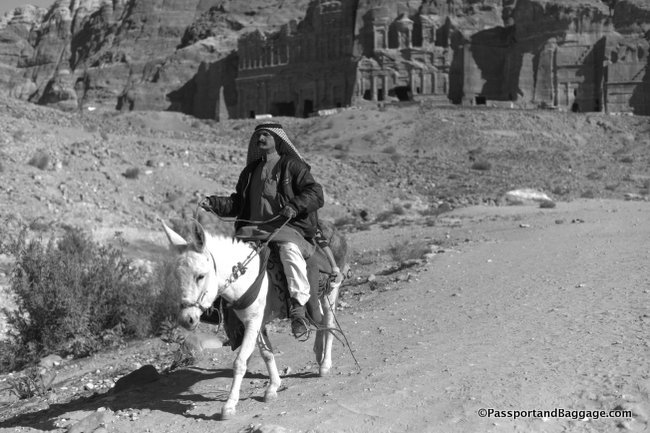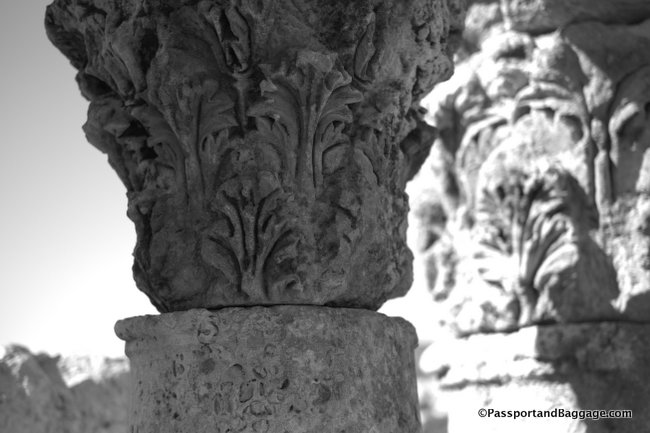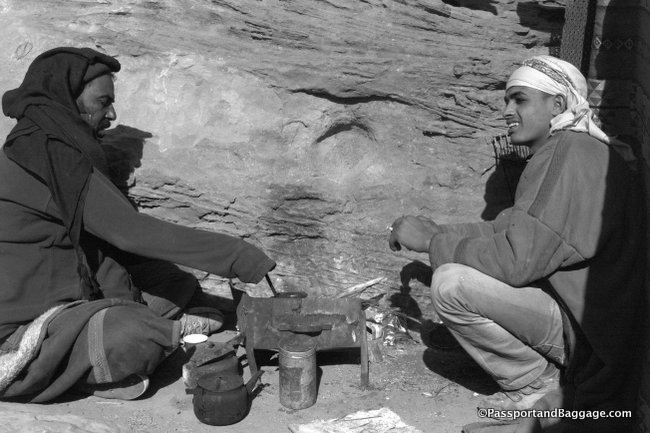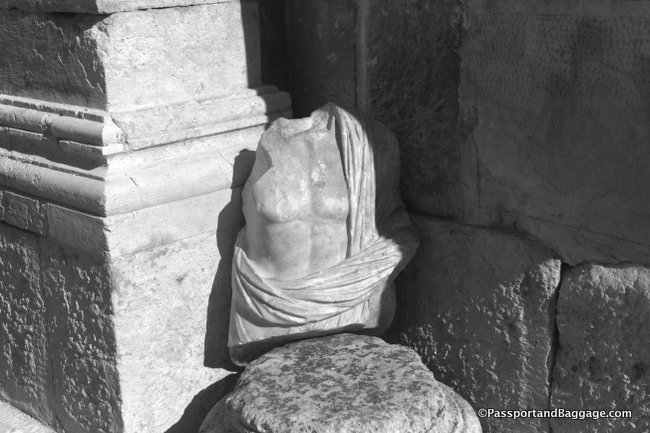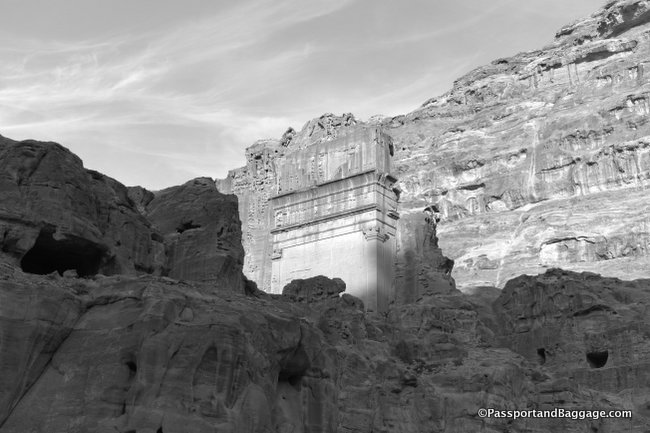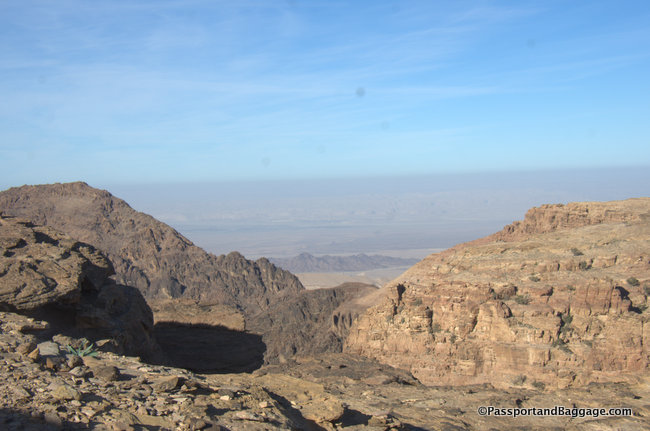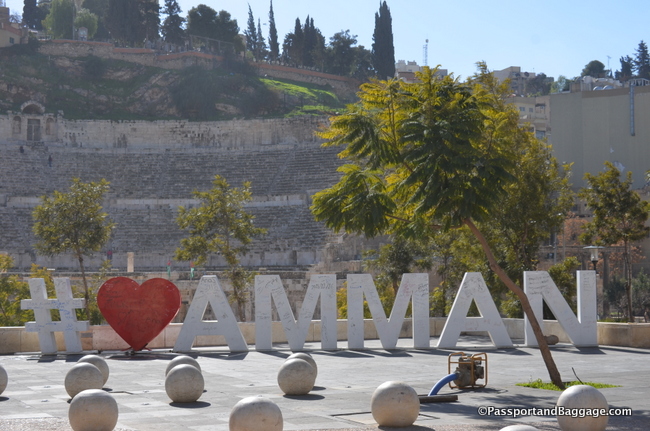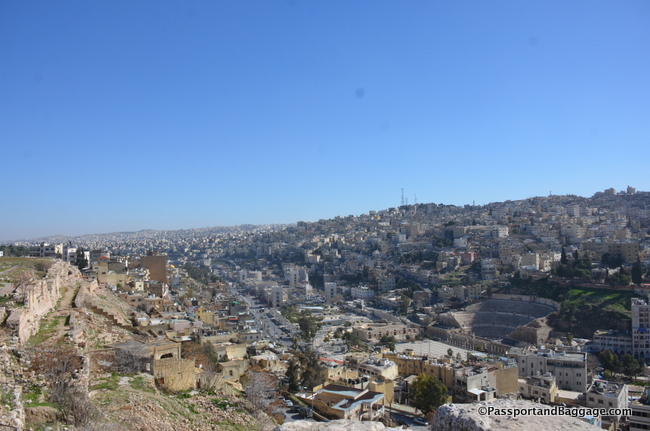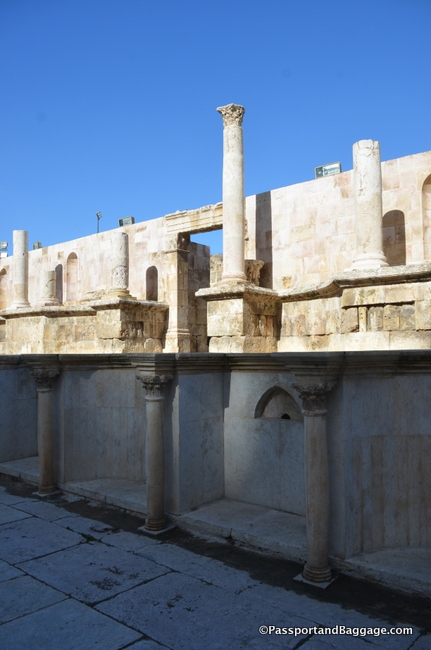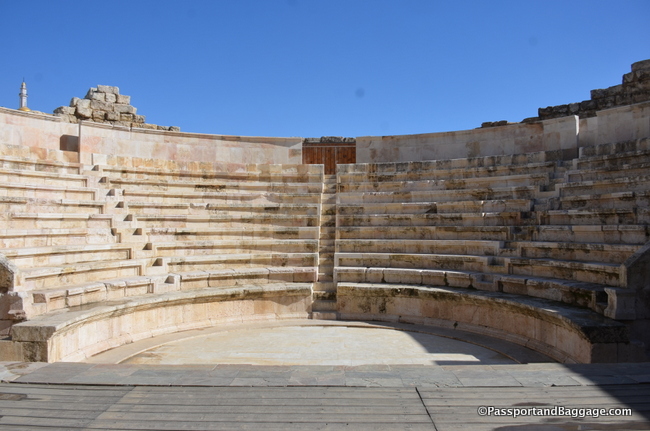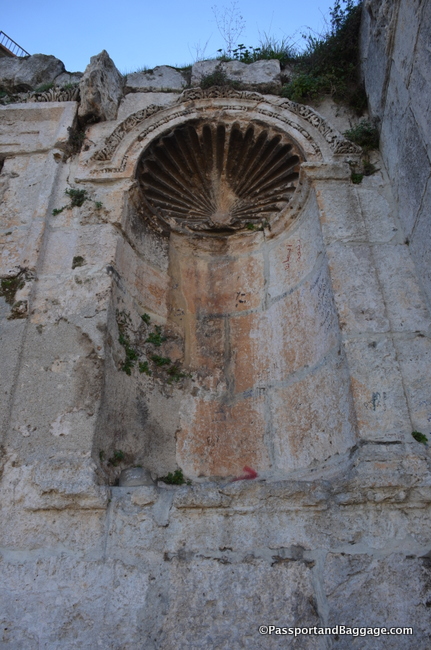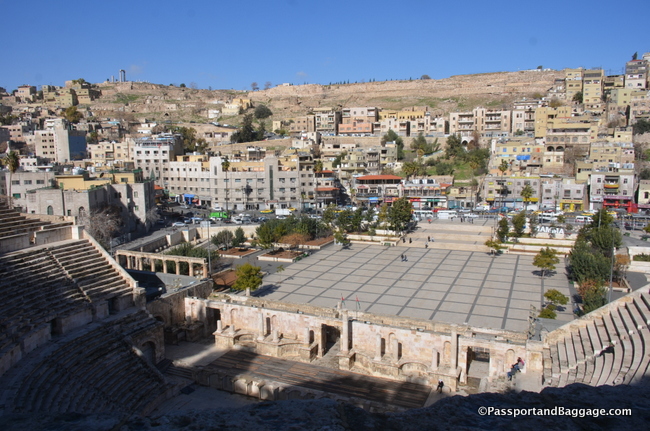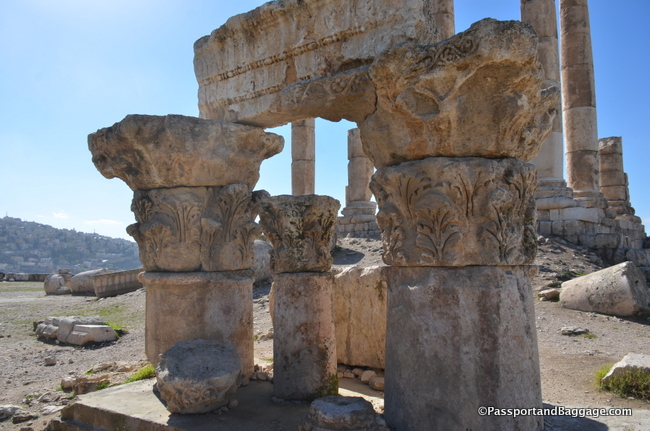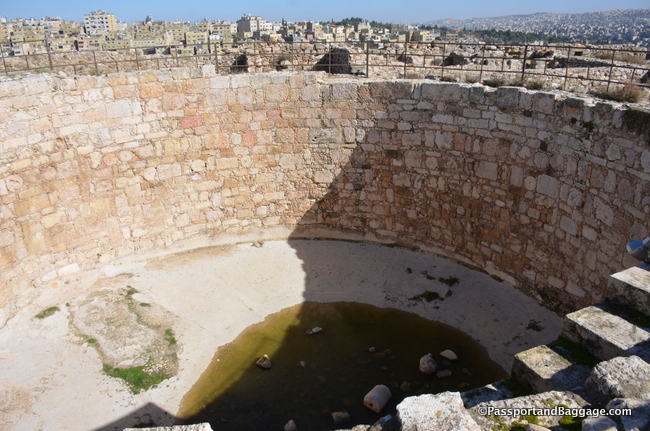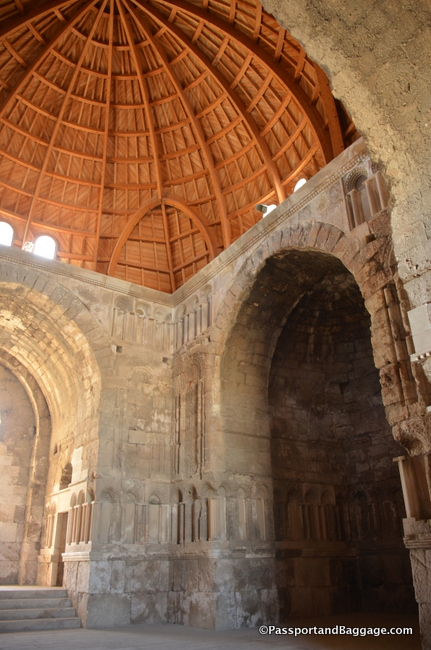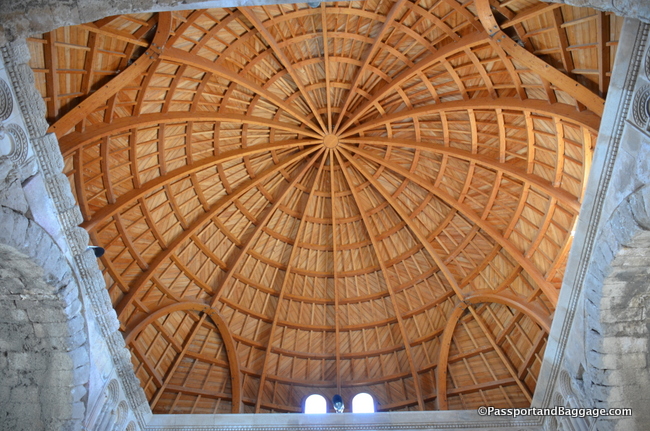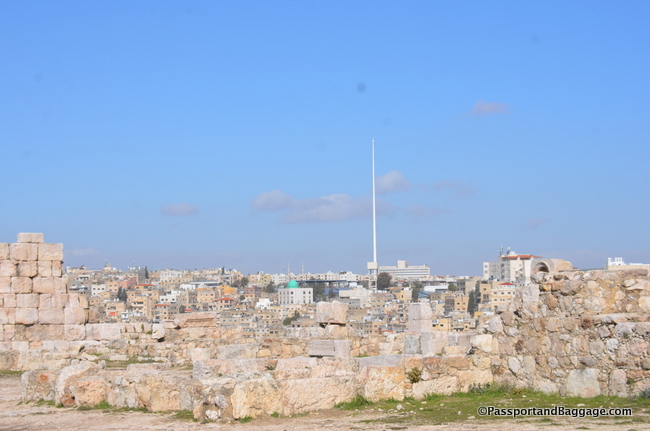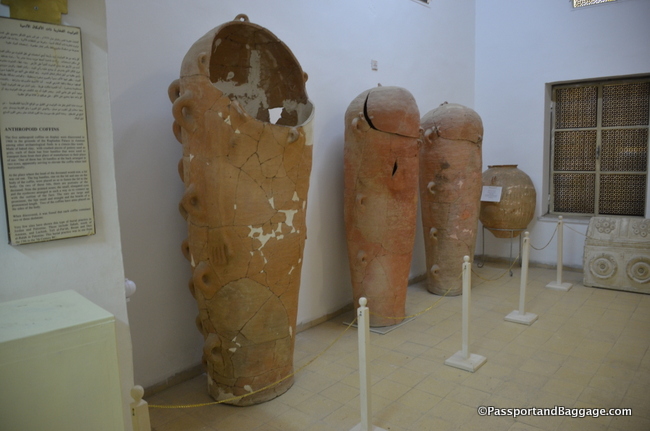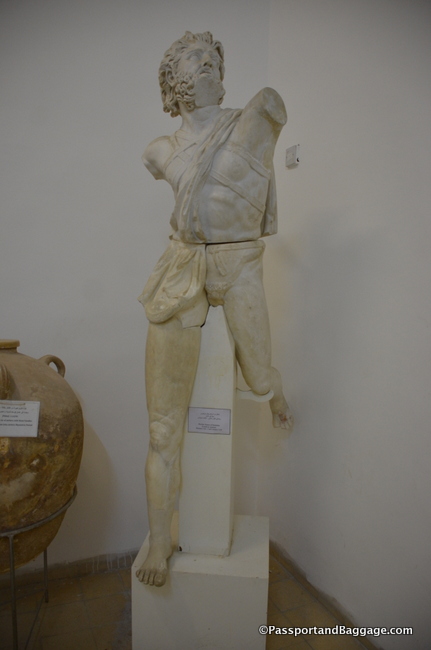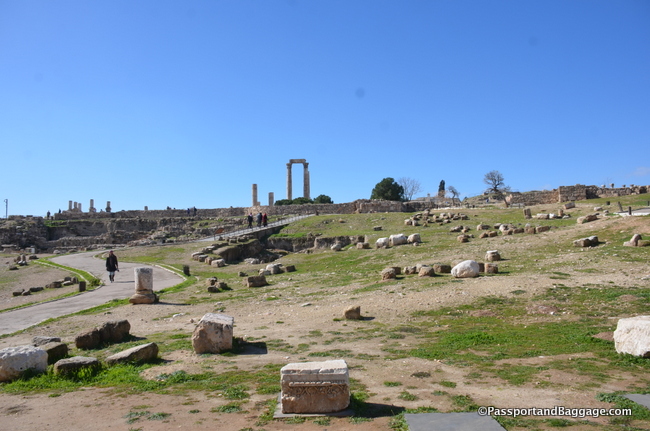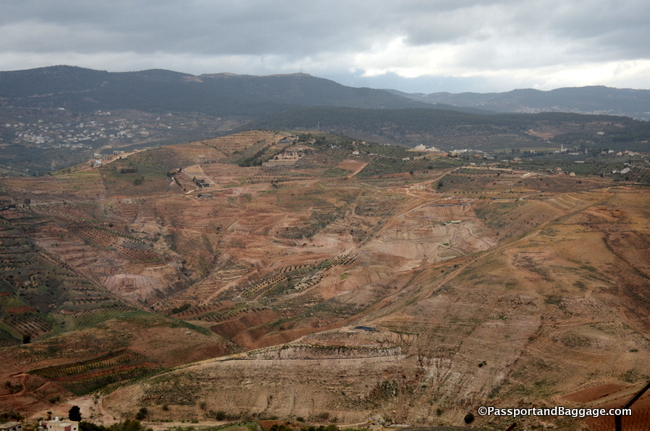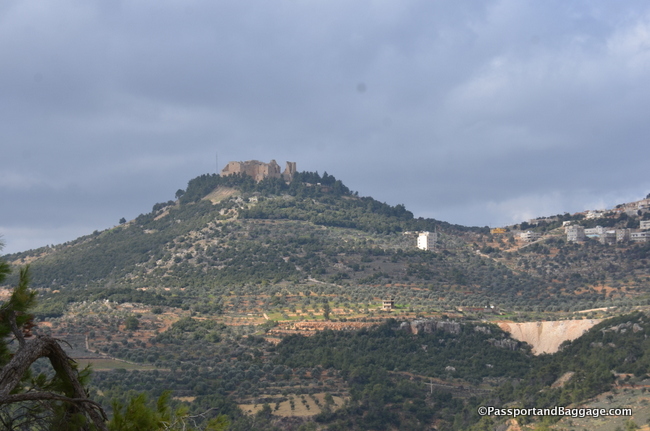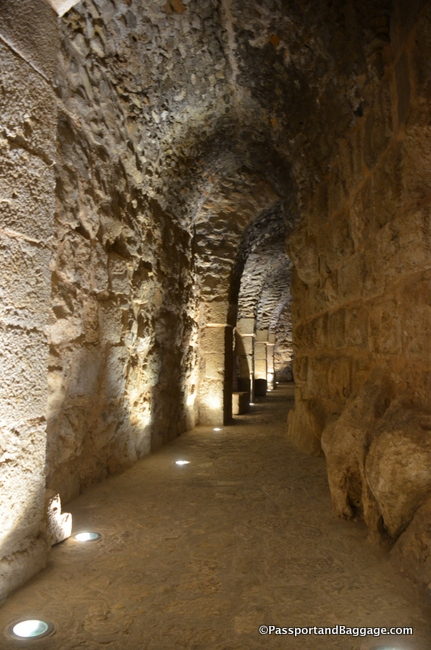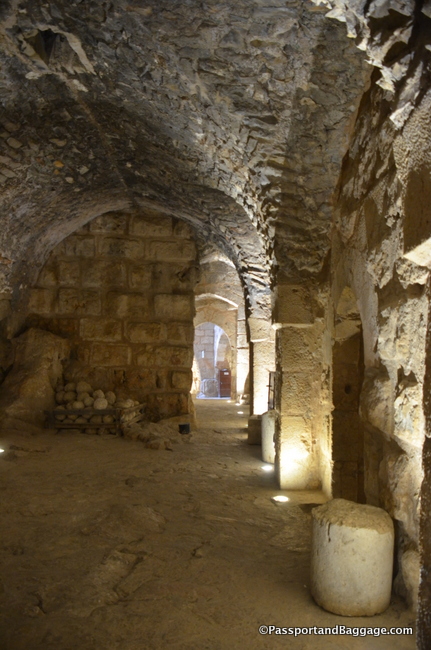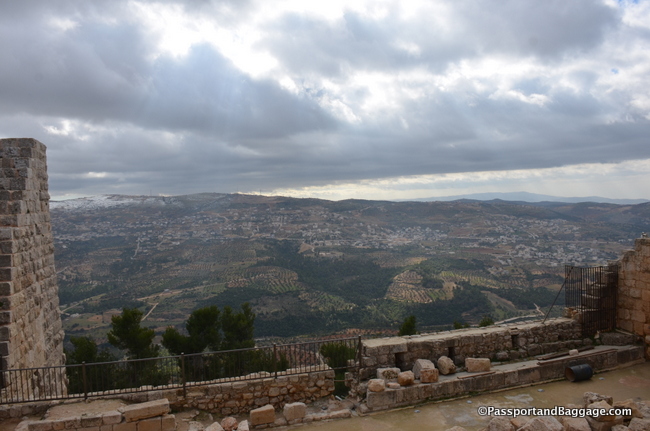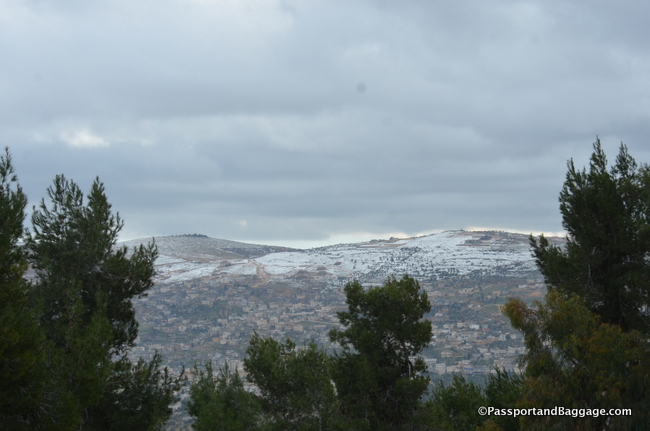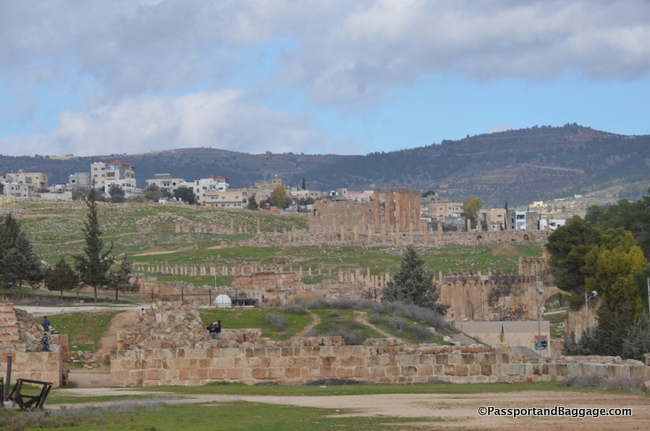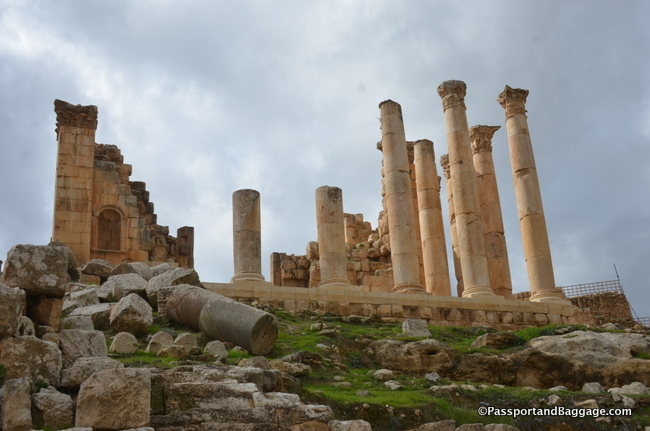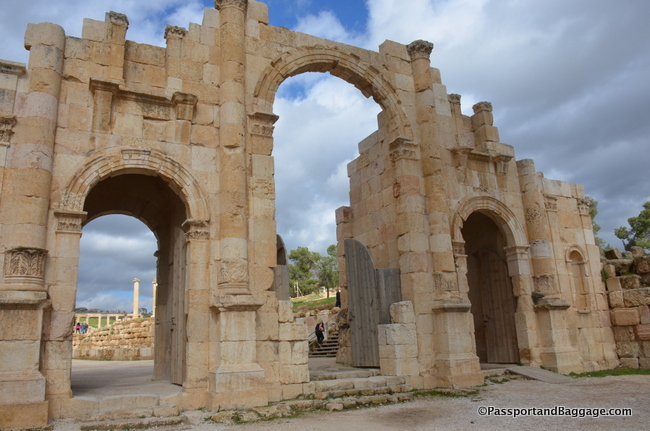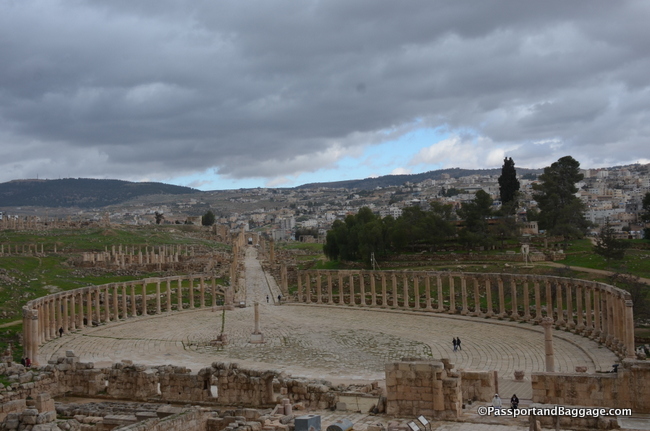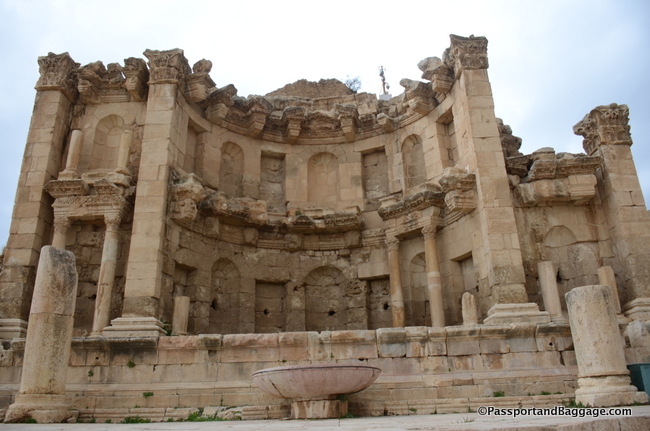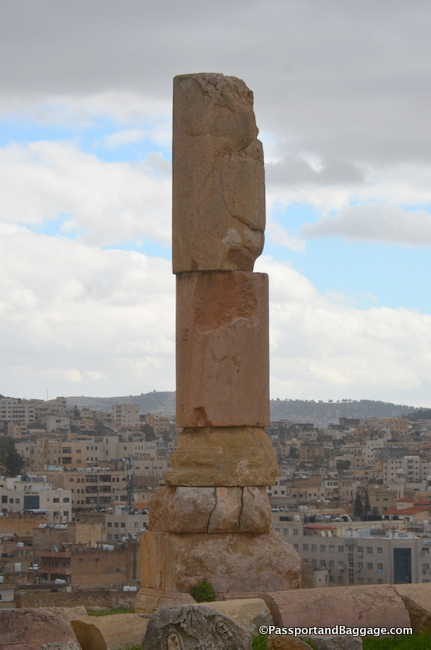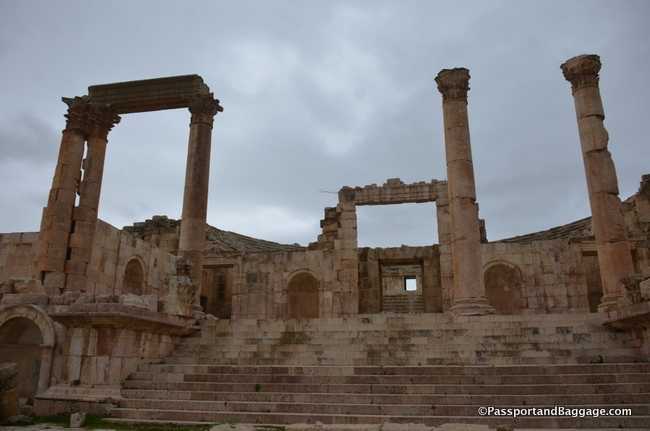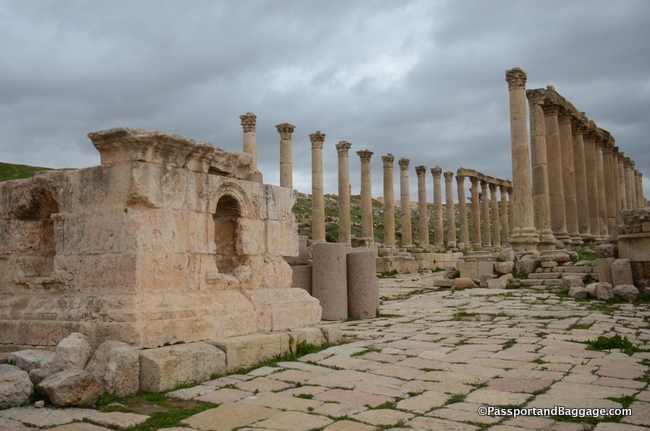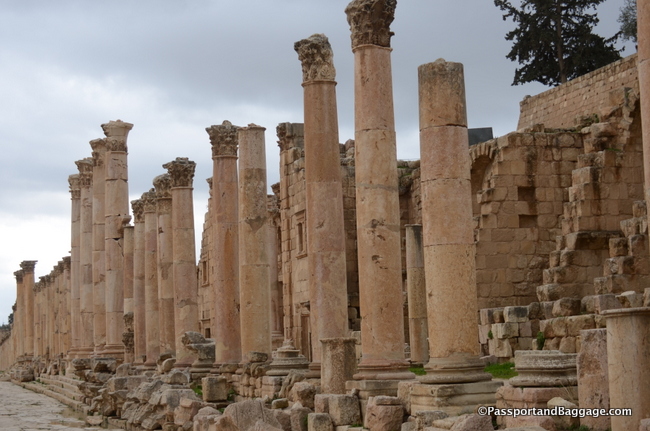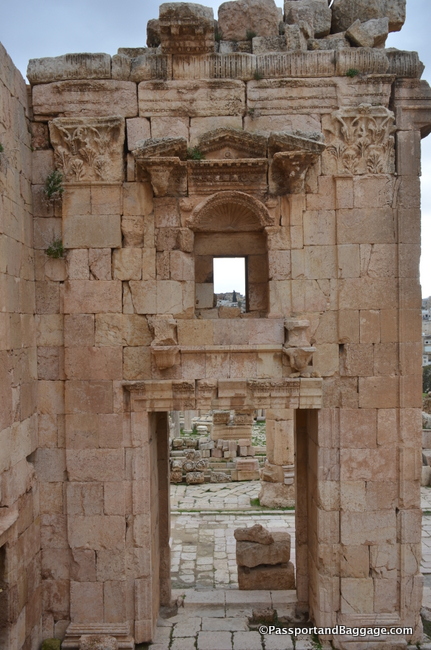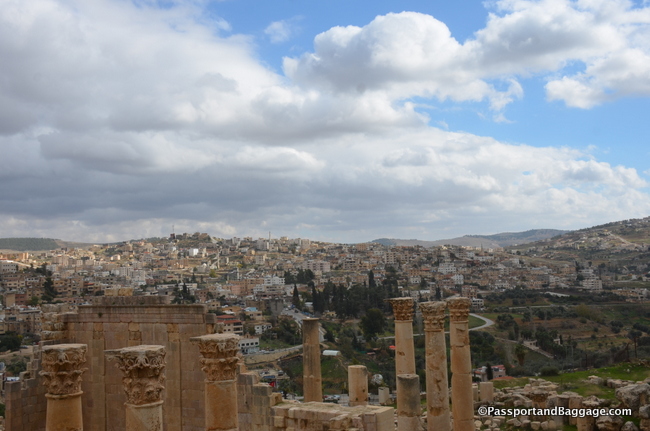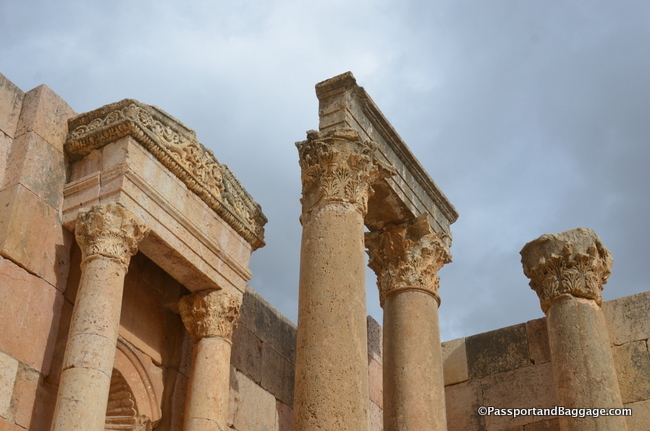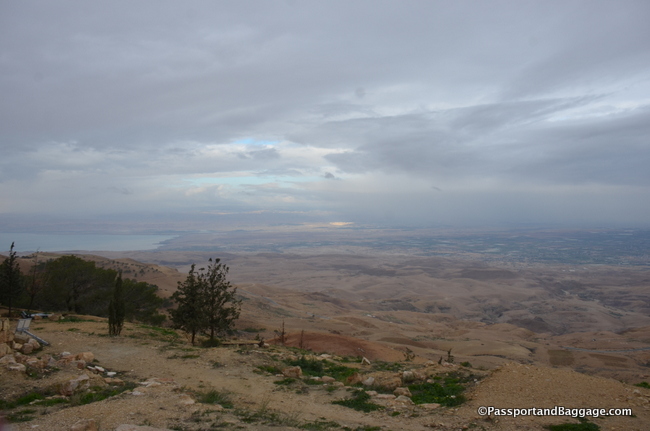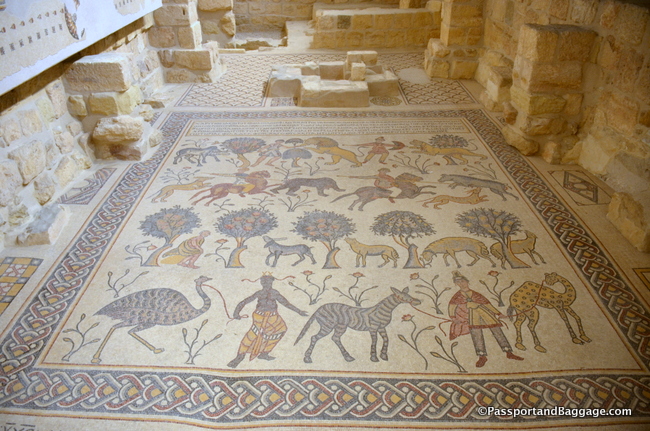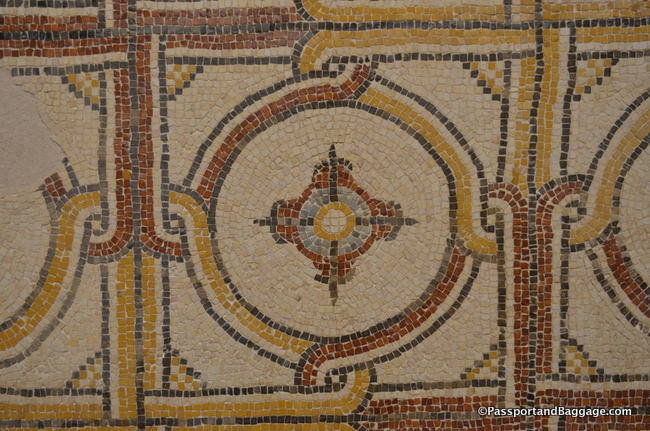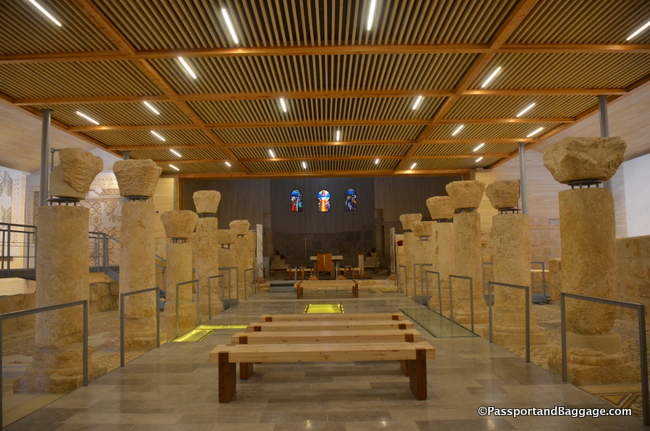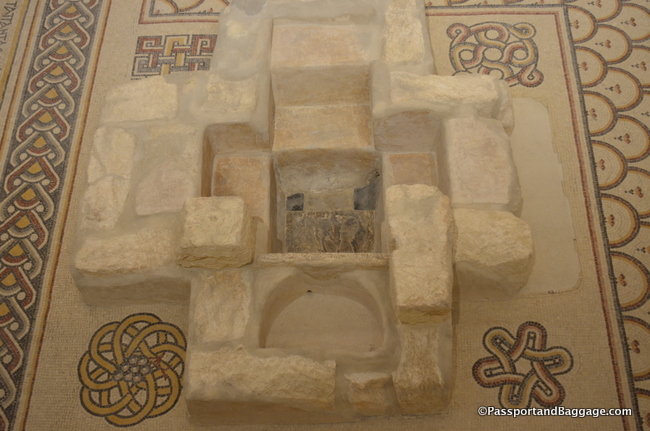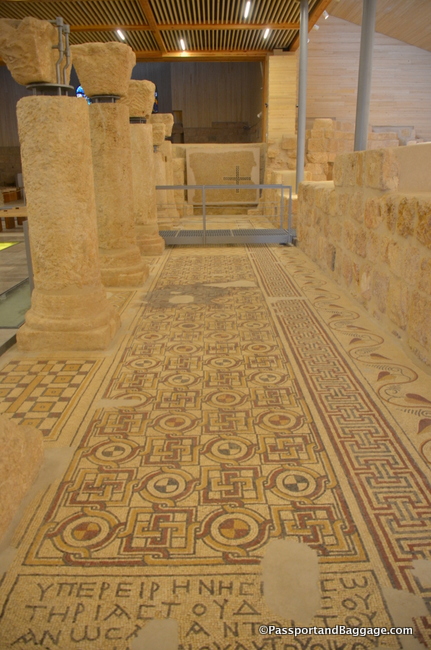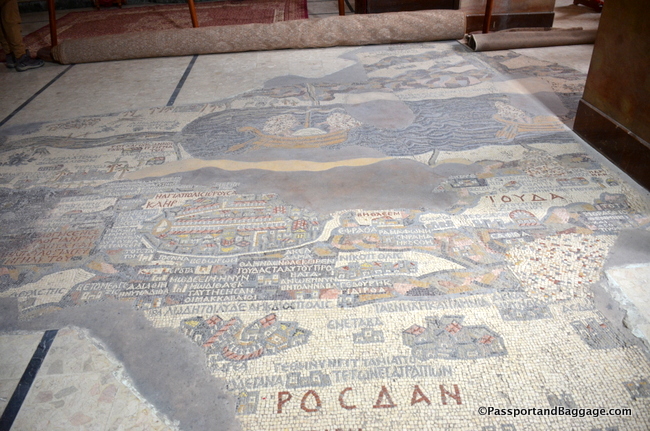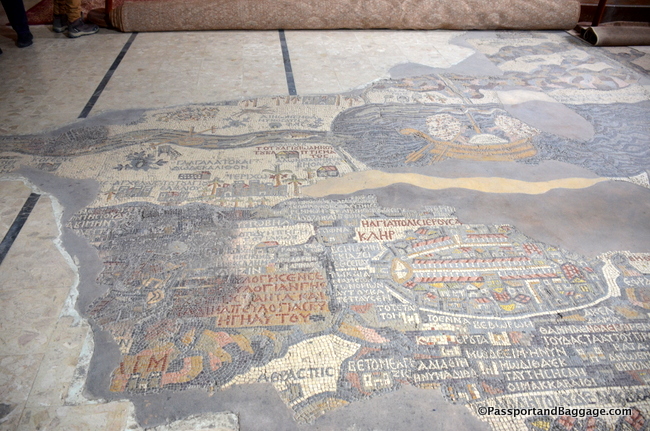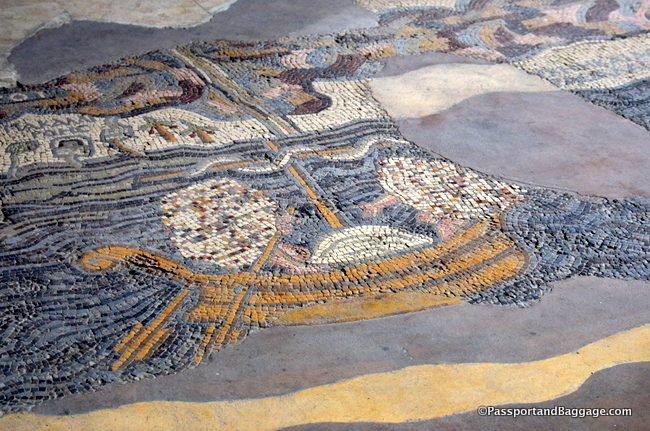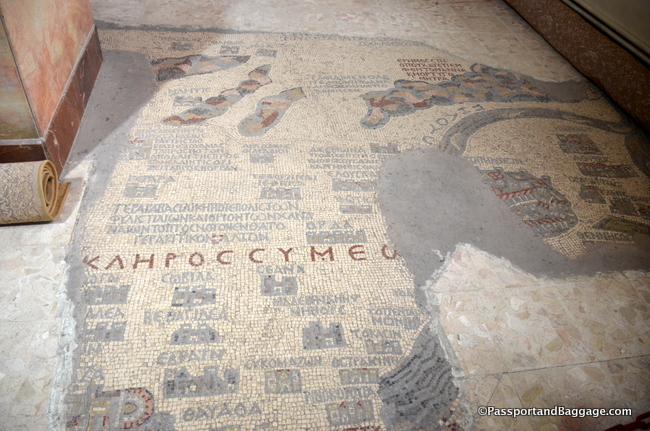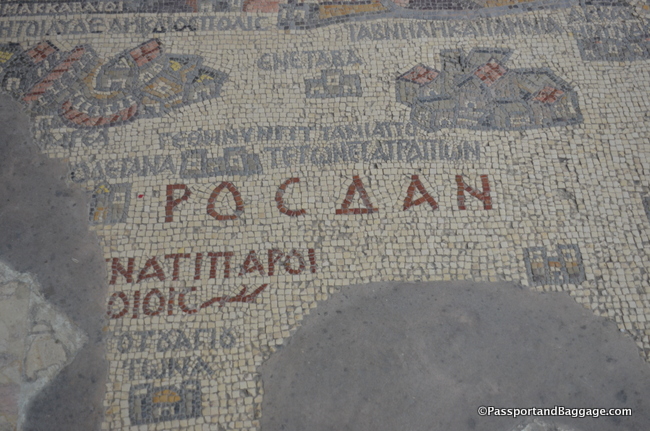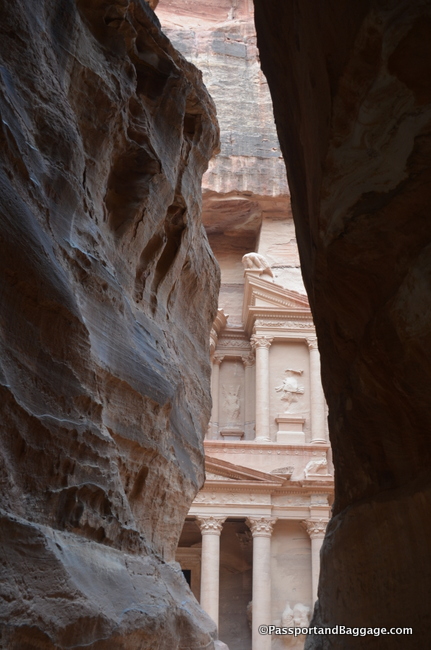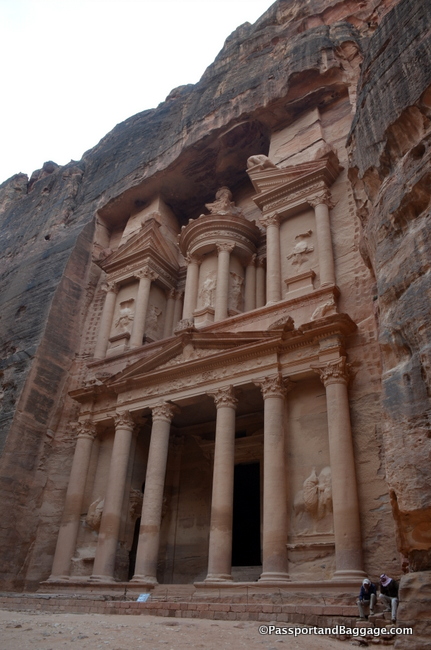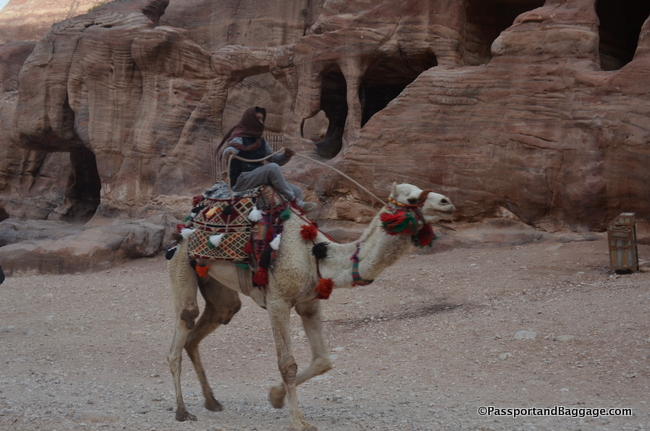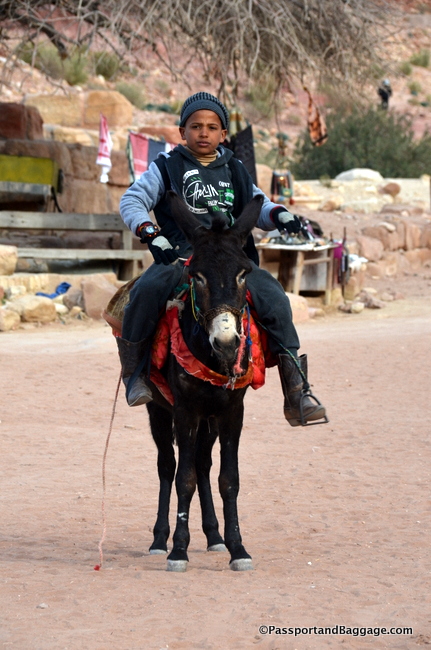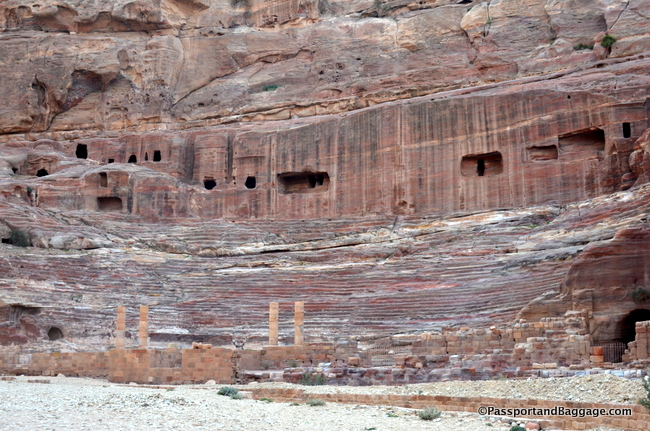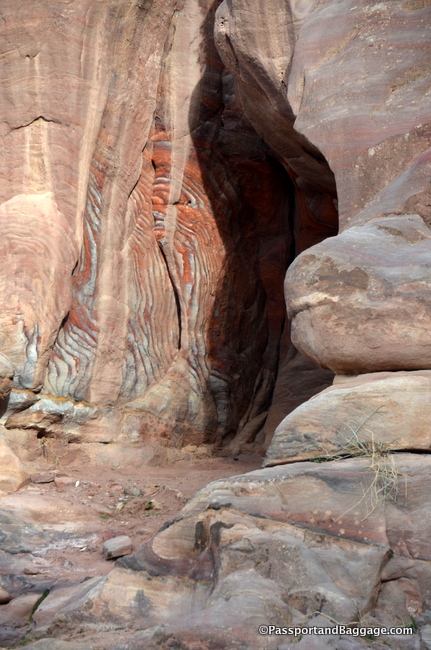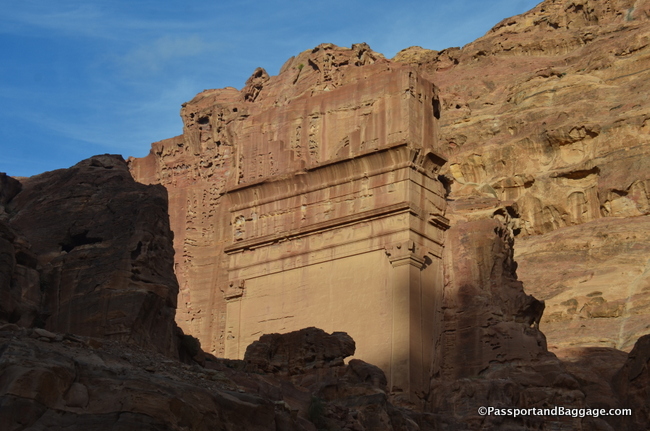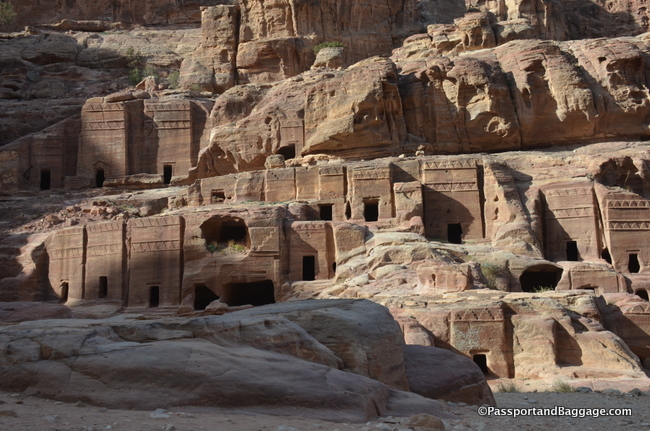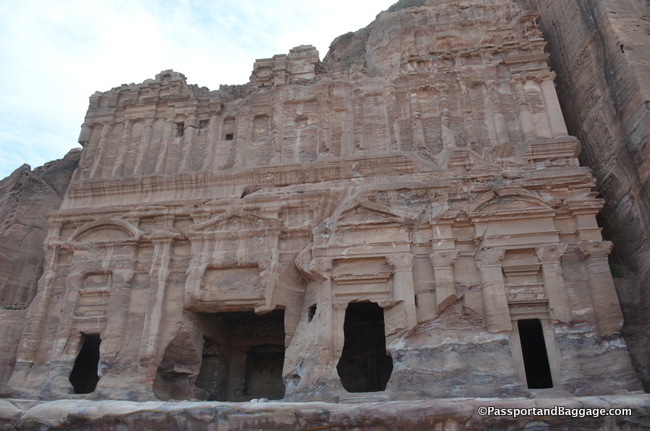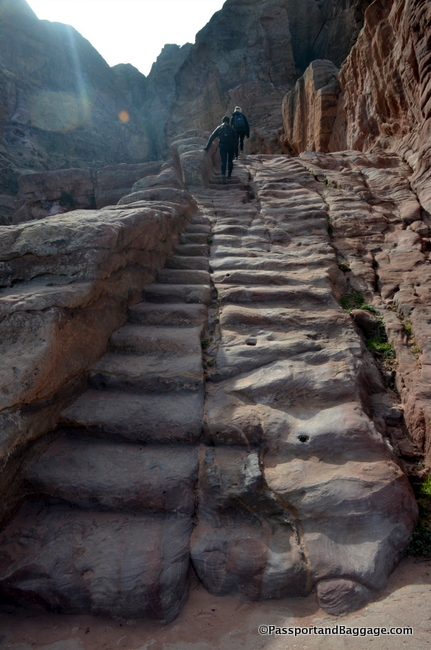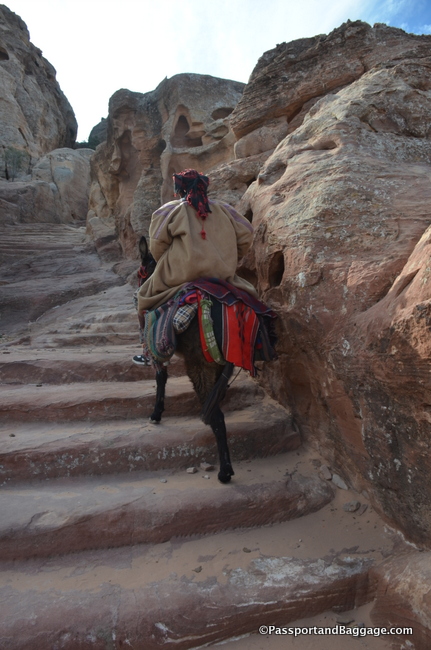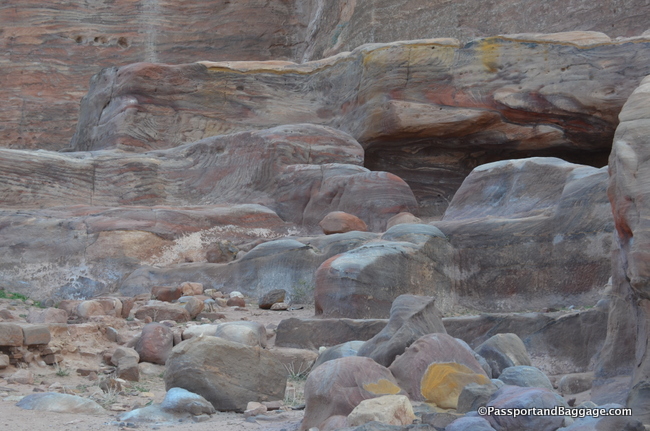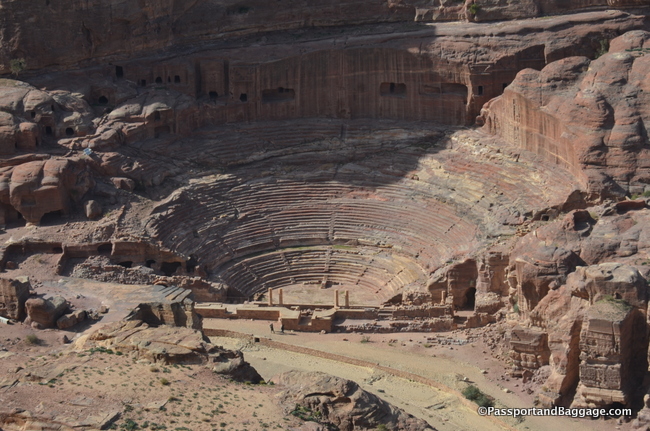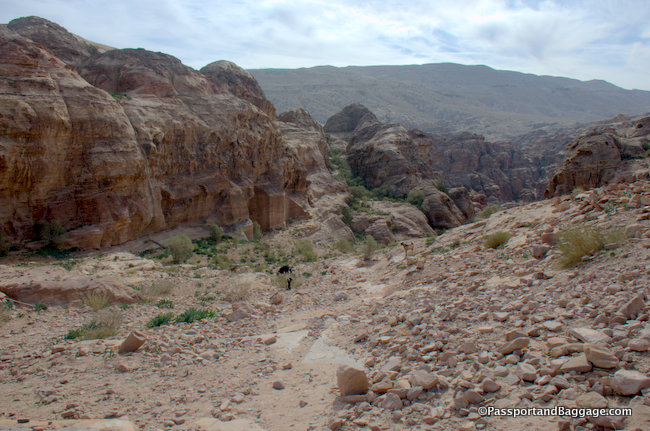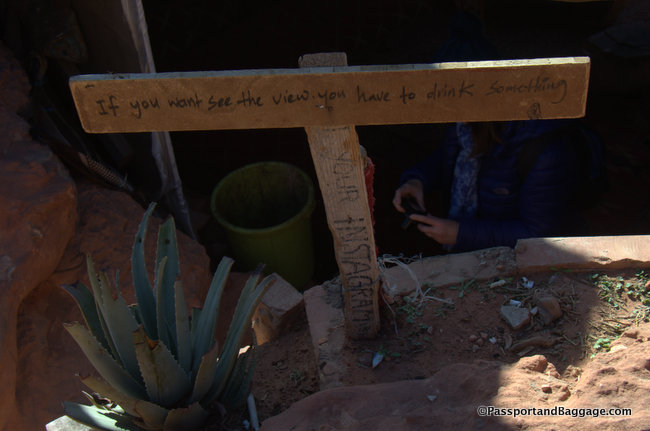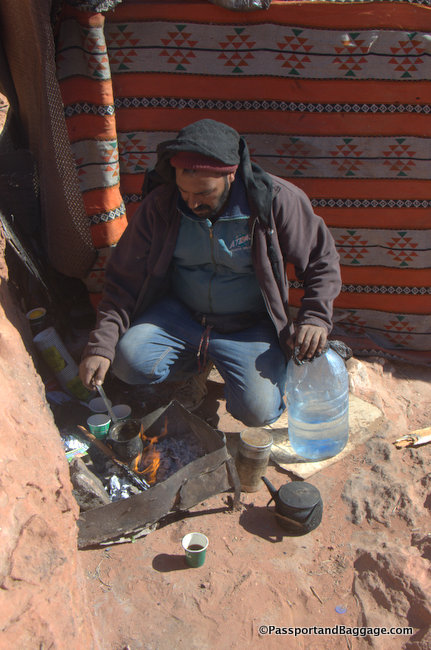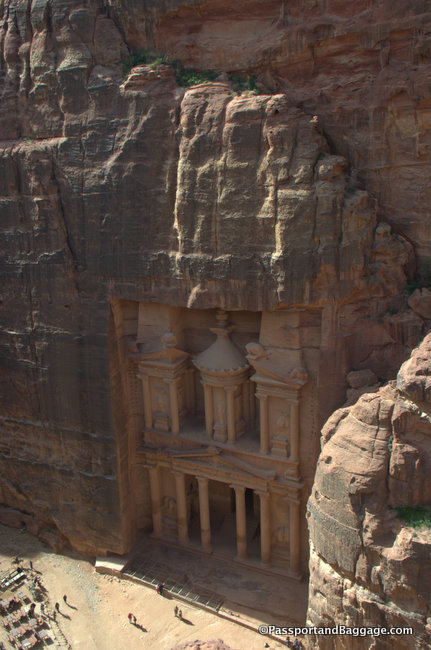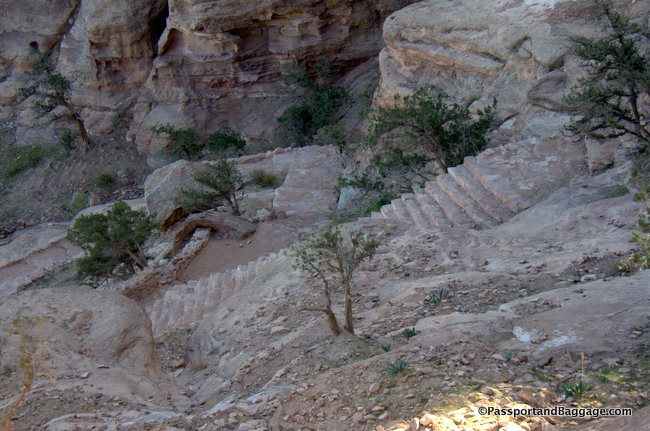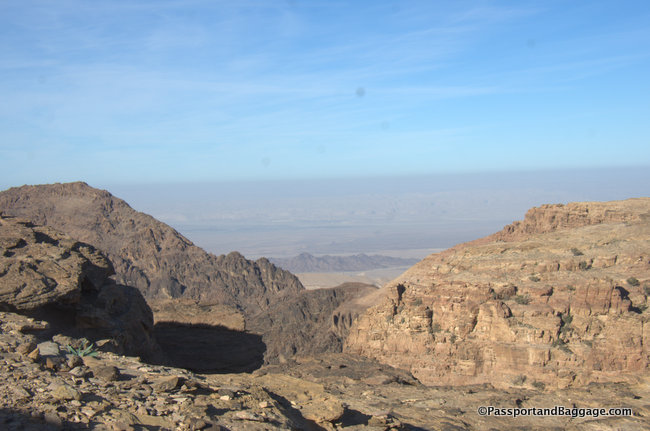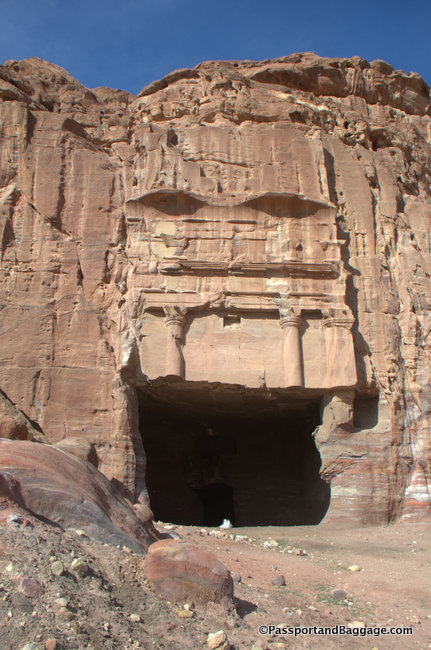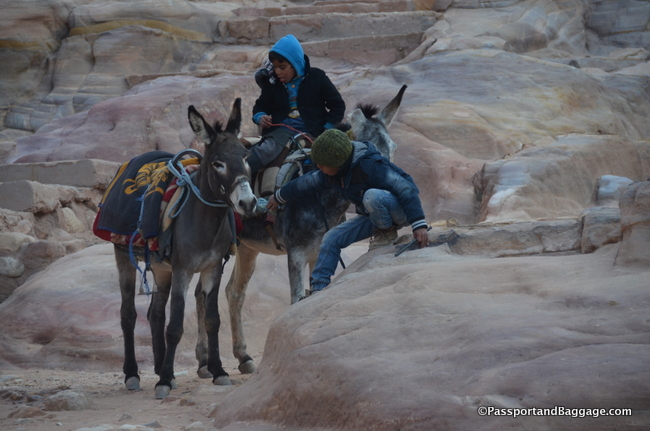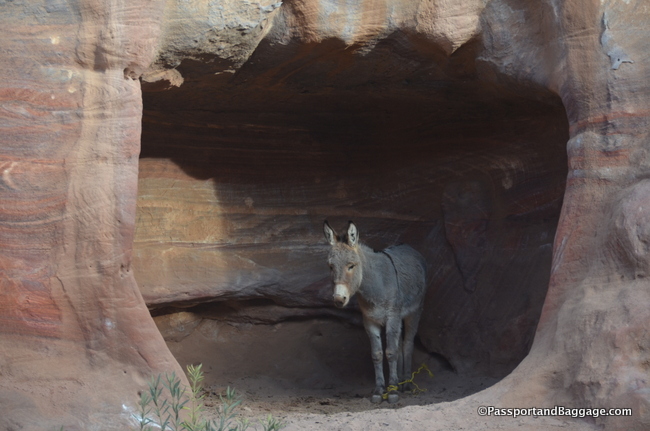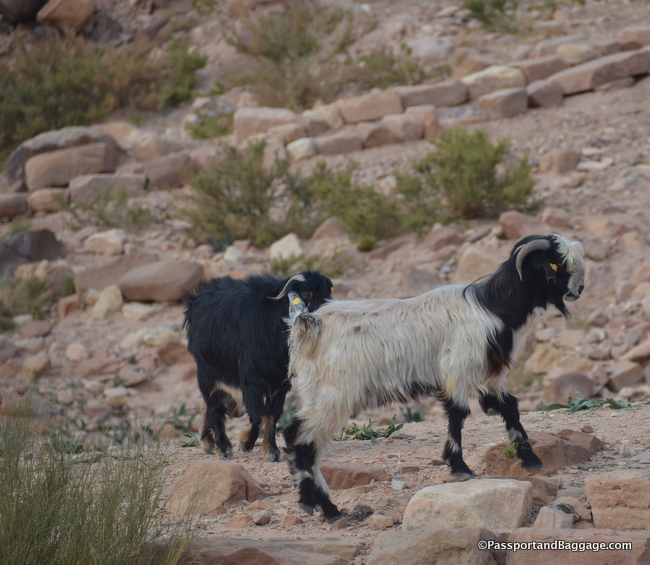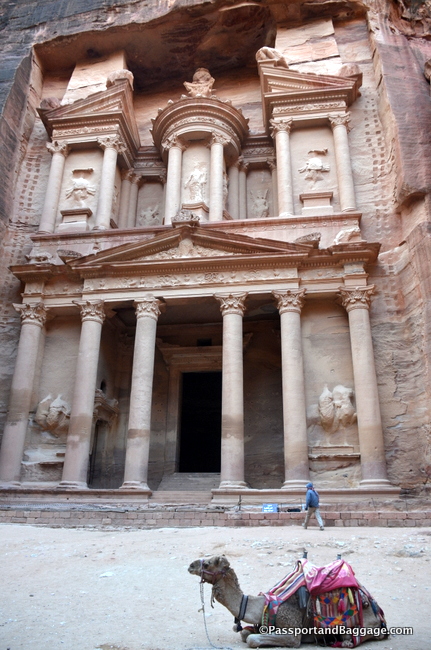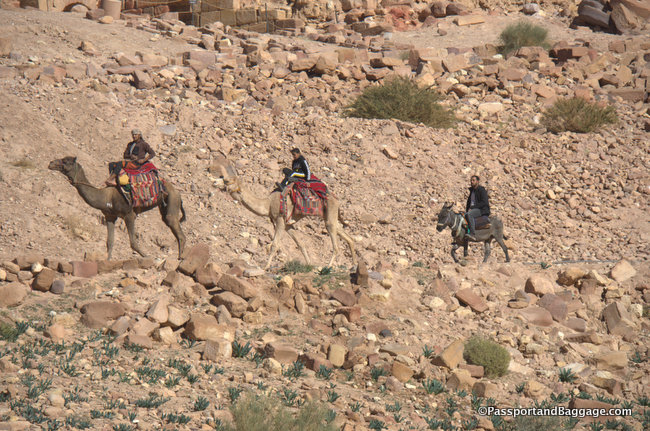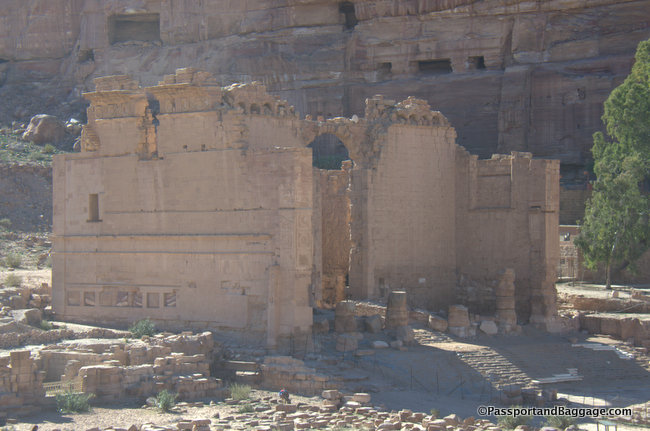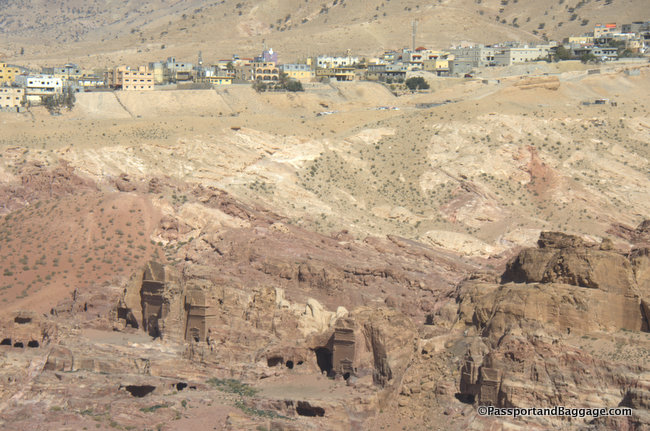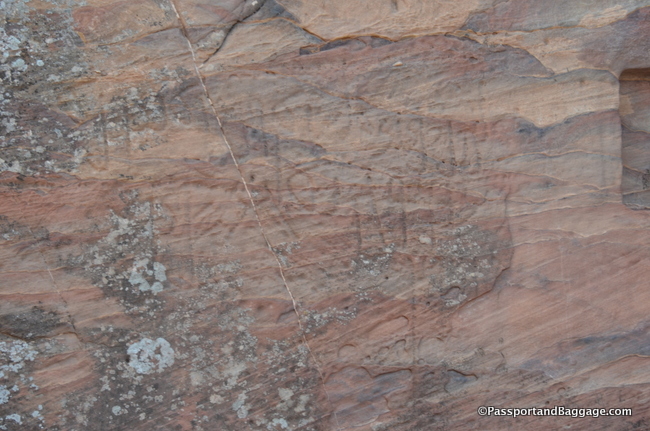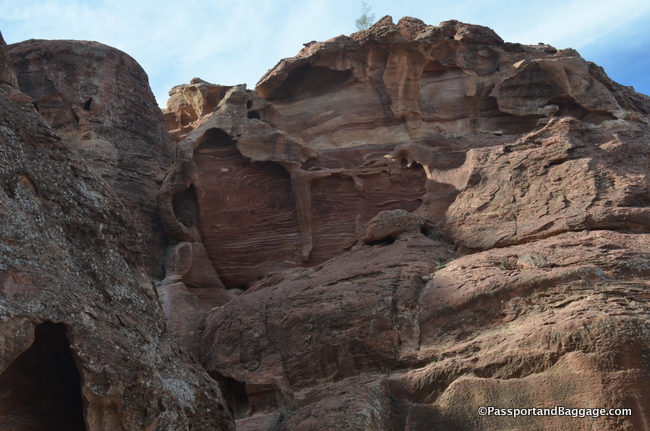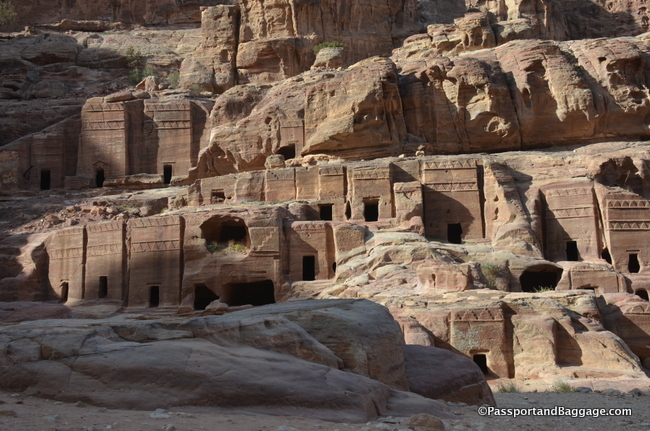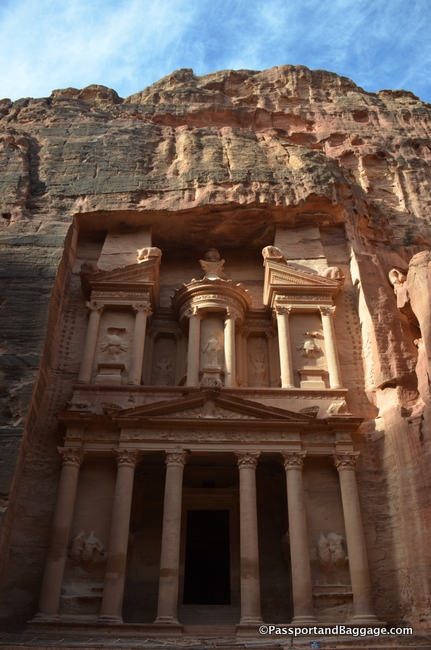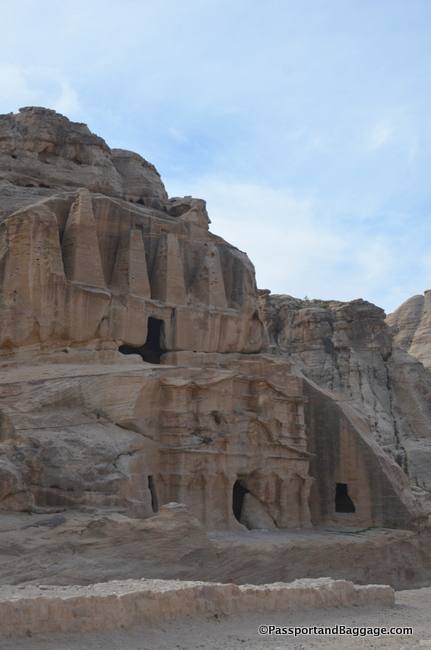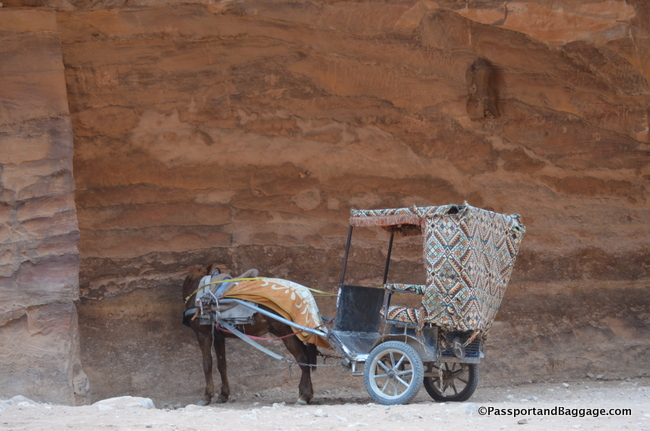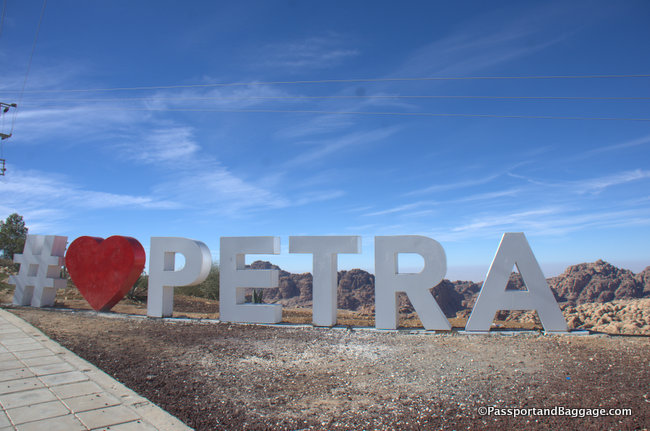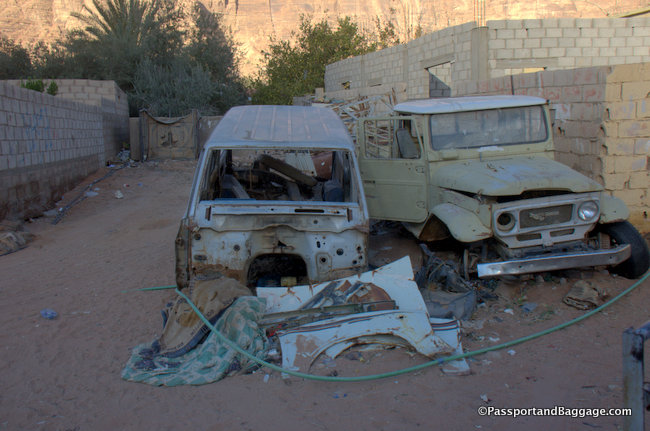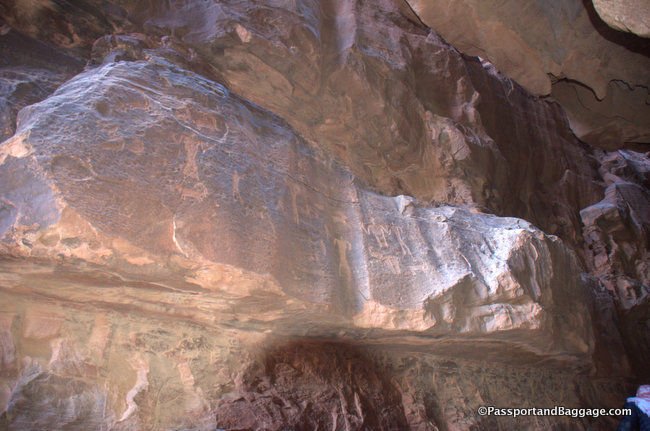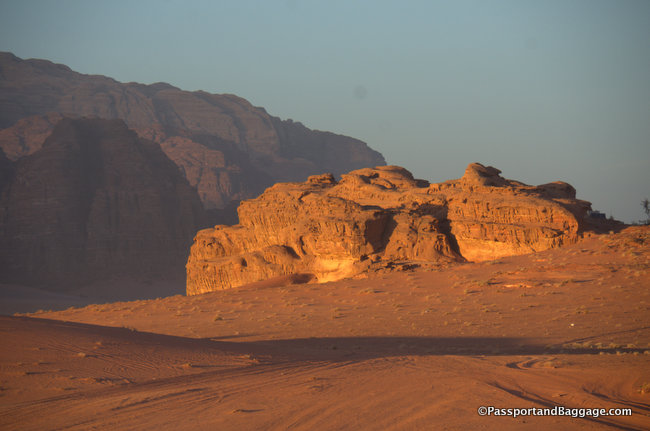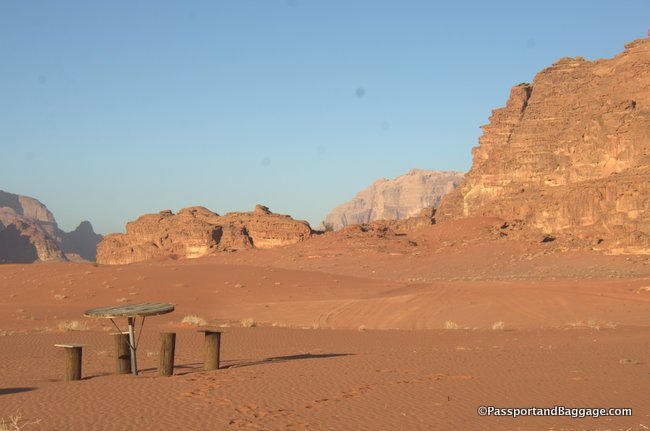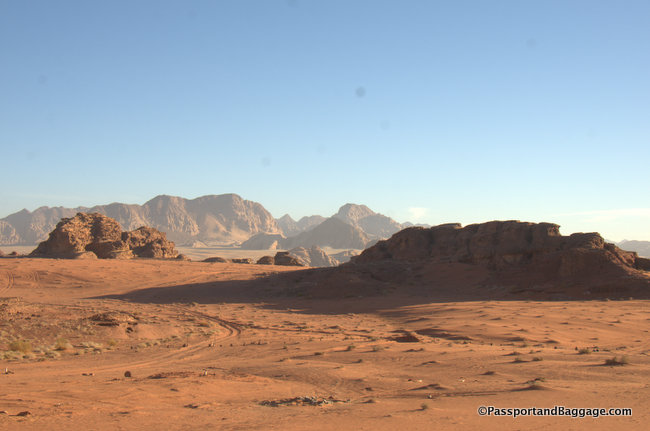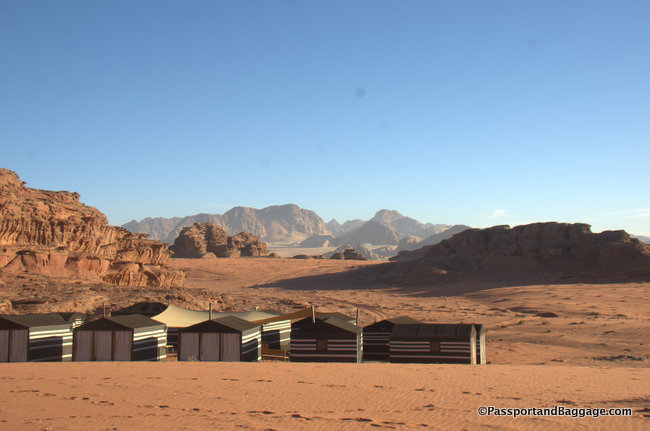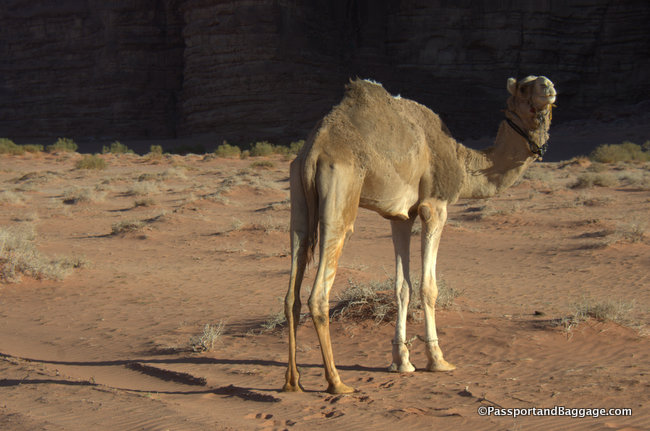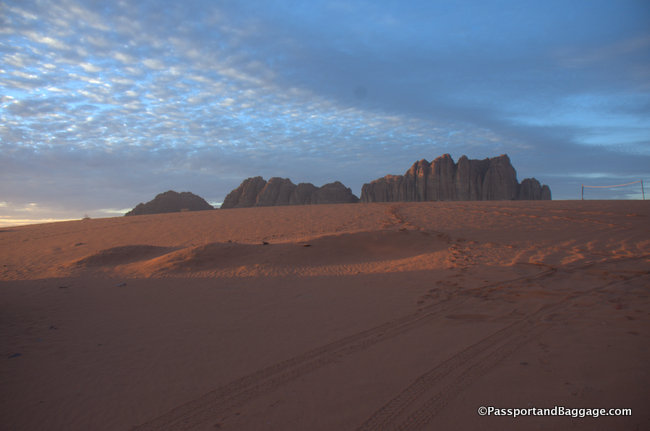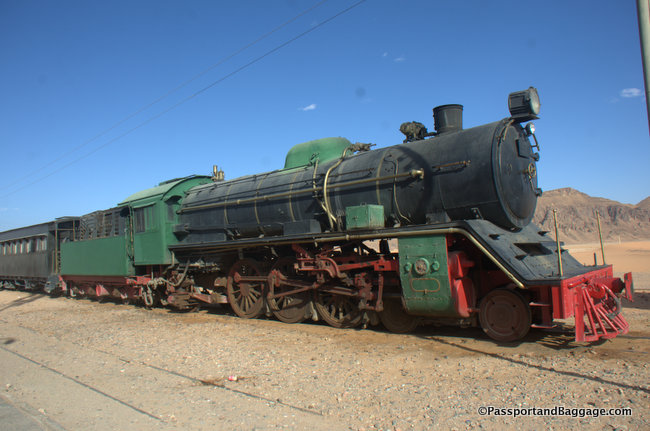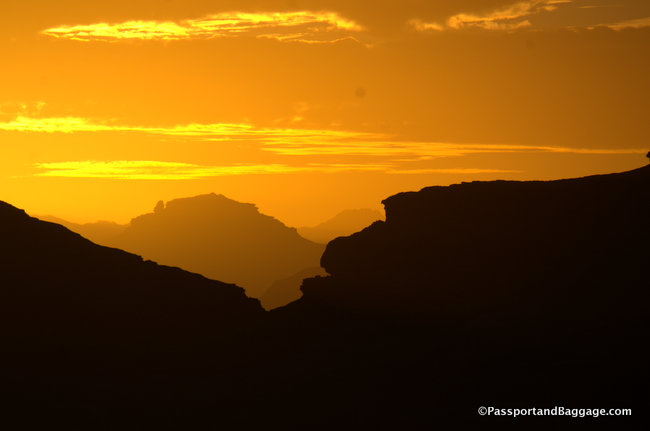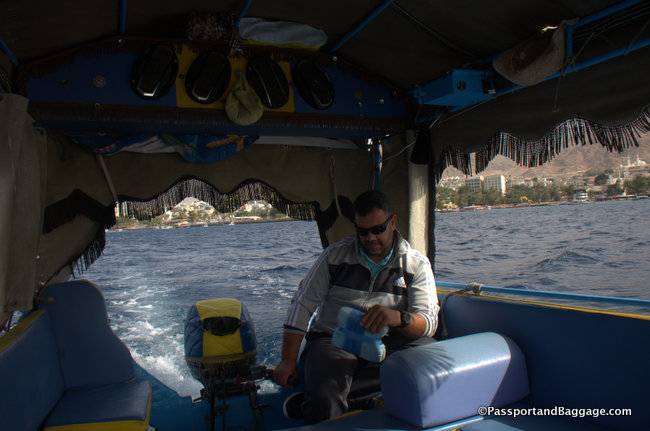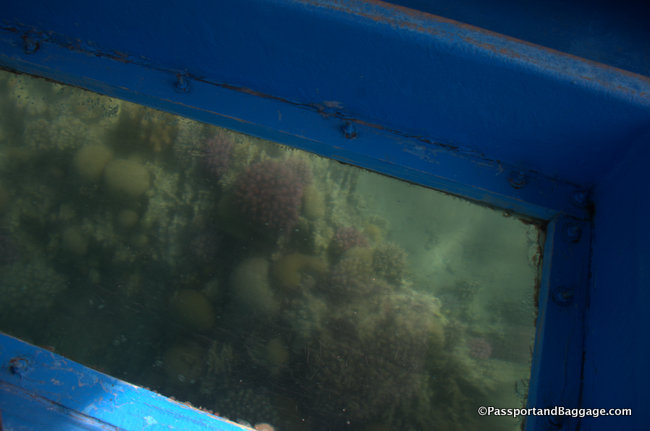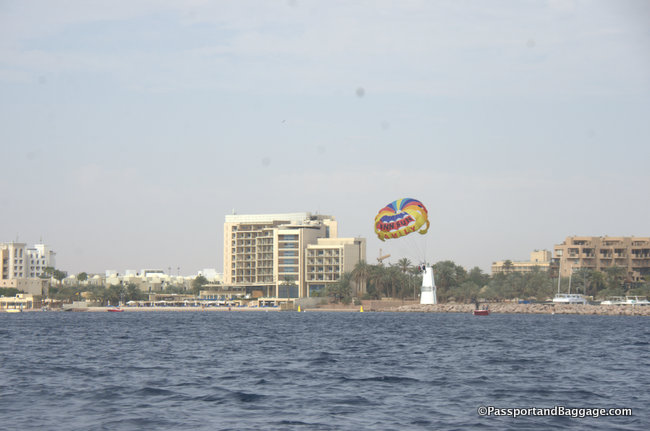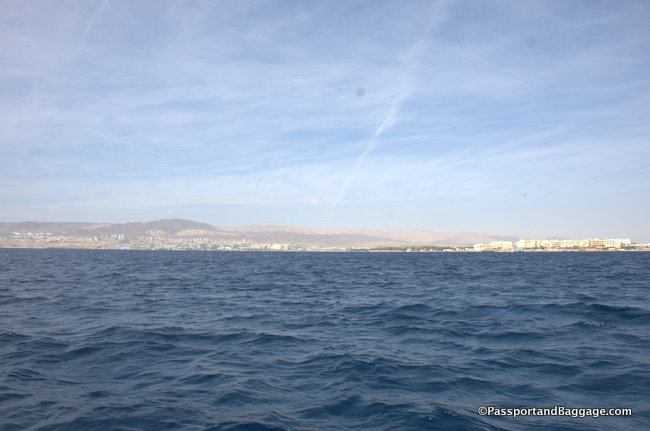Shot on a Leica Monochrome, I do not use photoshop, so these are straight out of the camera.
Jordan
January 7, 2019
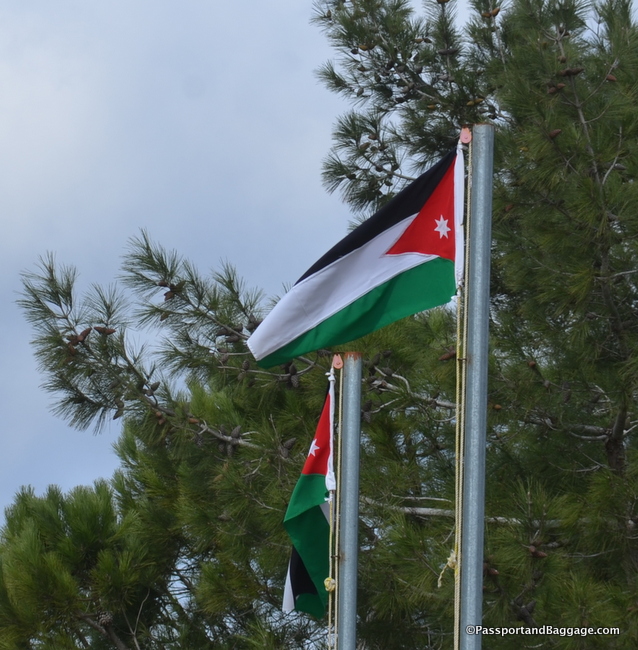 I came to Jordan with no knowledge about the country other than what I learned from the news growing up. I knew they had an extremely handsome king, King Hussein, who died in 1999. He was married to a Jordanian American, Lisa Najeeb Halaby now Queen Noor. Jordan was in the news when Saddam Hussein invaded Kuwait, but that was the extent of what I understood of this country.
I came to Jordan with no knowledge about the country other than what I learned from the news growing up. I knew they had an extremely handsome king, King Hussein, who died in 1999. He was married to a Jordanian American, Lisa Najeeb Halaby now Queen Noor. Jordan was in the news when Saddam Hussein invaded Kuwait, but that was the extent of what I understood of this country.
I tacked on Jordan after a trip to Egypt just to see Petra. But if one flies this far, one should take more than a day or two to see things. I am very glad I did. First, Jordan is so very different geologically than Egypt that I spent a lot of time saying WOW.
However, I will also say, that with the exception of Petra and a few fascinating sites outside of Amman, the real reason you would come to Jordan is for a hiking/camping/swimming type vacation. All of which I will cover in later following posts.
Jordan has no oil, so the country is expensive due to extremely high taxes, which affects the locals as much as the tourists.
The average Jordanian salary is around 457 Jordanian Dinar (about $650 US) and their cost of living is 21.15% lower than the US. However, on average (I often found higher prices) a beer is $7US and a cappuccino about $3.50 so somethings are comparable to the US.
For this reason, tips are a big part of the tourism business. I only mention this because tipping is so tricky all over the world. I try so hard to tip in accordance with the local economy, first so that it does not skew the tourism workers income to the average shop workers income, and also to keep people from thinking that the world outside of their own country must be very wealthy if they can afford to leave that type of tip.
I booked this trip through KimKim, I would not do it again. I had no time to seriously research the country so I left it to an agent. I am sure there are good ones, I used Misr in Egypt and can not say enough good things about them, but here KimKim fell very short. However, they did arrange for one of the best drivers ( I will put his information at the end of the post if you are interested), and he tweaked my trip, added things he was sure I would want to see and made the entire trip fabulous. I used an agency on this trip as I am a single woman traveling in a Muslim country. Had I a friend along it would have been very simple to rent a car and wing it. The roads are practically empty so driving is very safe, and the Jordanians are some of the nicest people in the world, so they are always there to lend a hand and a bit of advice.
Now onto
Amman
The city of Amman has over 1.2 million citizens and covers 48.7 square miles. The main road through town is down the center of a wadi (valley), and the town goes up very sharply on both sides of this wadi. The town is characterized by its hills.
Amman derives its name from the 13th century BC when the Ammonites (an ancient Semitic speaking nation) named it “Rabbath Ammon”, with the term Rabbath meaning the “Capital” or the “King’s Quarters”
The Rabbath Ammon Period can be said to be from the pottery neolithic in 5000 BC to the Hellenistic Era, or the emergence of the Romans ending in 63 BCE
The next is the Philadelphia Period. The capital was rebuilt in the classical style and named after the Ptolemaic ruler of Egypt, King Ptolemy II Philadelphus. This period begins with the Nabataean Kingdom in 312 BCE and ends with the Byzantine Era ending in 635 CE
The Amman period began with the establishment of the Umayyad Caliphate, the government center of the al-Belqa district was in Amman and the town was named Amman. A Caliphate is an Islamic state under the leadership of an Islamic steward with the title of caliph. The first caliphate was Umayyad 661 CE-750 CE, subsequent caliphates ruled ending with the Ottoman period that ended in 1917.
Jordan itself is a way more complicated but carries much of the same history as Amman. To oversimplify things the country of Jordan came into existence after WWI when West Asia was divided by the British and it gained independence in 1946.
This may seem a little detailed, but when you begin looking at sites and architecture that all sit atop each other it helps to have a vague idea of the timeline of history.
Roman Amphitheater
My first stop was the Roman Amphitheater. This large and steeply raked structure could seat about 6,000 people
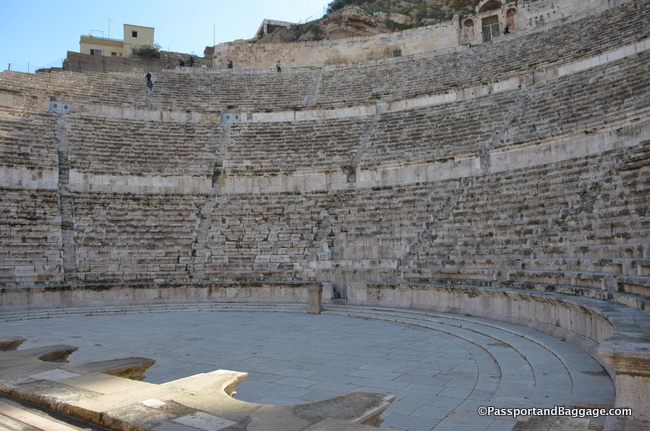 The theatre was built during the reign of Antonius Pius (138-161 CE) when the city was known as Philadelphia.
The theatre was built during the reign of Antonius Pius (138-161 CE) when the city was known as Philadelphia.
*
There are two sweet museums attached to the theater, they primarily display stunning ancient clothing and Bedouin jewelry, but are certainly worth a visit.
The Citadel
Here is why I felt the need to understand the various occupying peoples of Amman. The Amman Citadel is known in Arabic as Jabal al-Qal’a, and sits atop one of the seven jabals (mountains) that originally made up Amman.
There has been evidence of occupation since the pottery Neolithic period. It was inhabited by different peoples and cultures until the time of the Umayyads, at that time much of the city was abandoned until 1878, and the citadel was mainly used by Bedouin and seasonal farmers. Despite this gap, the Citadel of Amman is considered to be among the world’s oldest continuously inhabited places.
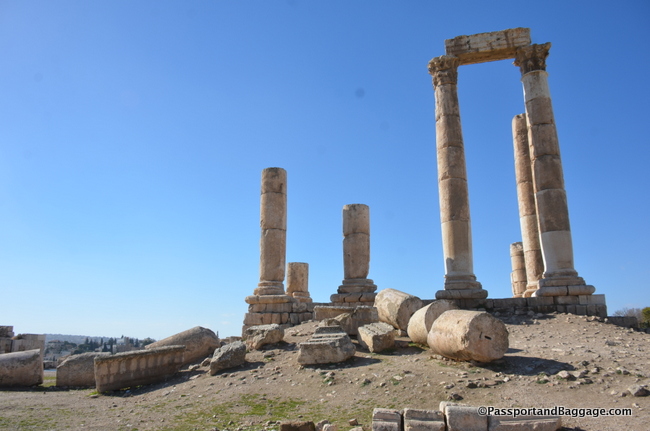
The temple of Hercules – According to an inscription the temple was built when Geminius Marcianus was governor of the Province of Arabia (162-166 CE), the same period as the Roman theater.
*
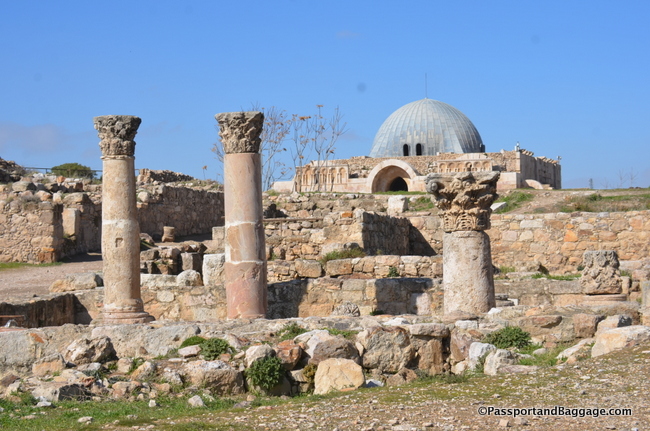
The domed structure in the back is the Umayyad Palace, built during the first half of the 8th century
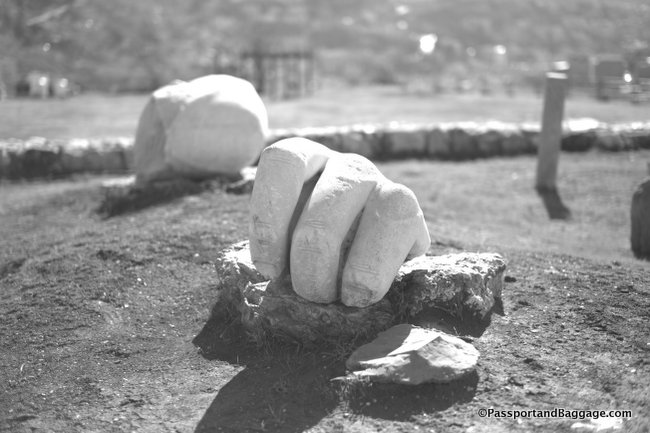
The site also contains a hand carved out of stone from a statue of Hercules. The statue is estimated to have been over 39 ft tall, and probably destroyed in an earthquake.
These Anthropoid Coffins in the museum at the Citadel are made of baked clay. They each have four handles possibly used to transport them from their place of manufacture to the place of use. One of them has 16 handles possibly to help elevate the coffin.
They found portraits of the deceased on two of the coffins. When they were found each coffin contained two or three skeletons.
This type of burial practice, while rare in Jordan was in use from the 13th to the 7th century BCE
My driver extraordinaire, an honest family man, and a passionate lover of Jordan is a great driver, and guide, Shareef Tamimi – WhatsApp: 962 7 9661 9236 – email: Shareefaltamimi4@gmail.com
One hour outside of Amman
January 8, 2019
 Today I visited the Ajlun Castle and Ancient Jerash. The one hour drive to this area was very eye opening. The entire drive goes through the hills, some high enough to have a dusting of snow. The foliage is very reminiscent of California, with miles and miles of olive trees and pines, juniper and oaks scattered along the way.
Today I visited the Ajlun Castle and Ancient Jerash. The one hour drive to this area was very eye opening. The entire drive goes through the hills, some high enough to have a dusting of snow. The foliage is very reminiscent of California, with miles and miles of olive trees and pines, juniper and oaks scattered along the way.
The soil is chalky in many areas and heavy with iron oxide, the drive was absolutely beautiful.
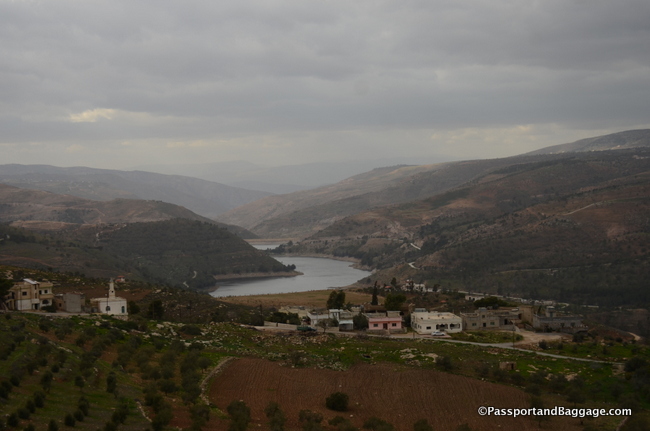
To increase the water supply in this arid country they are building ‘dams’, to make lakes, to capture the rainwater
Ajlun Castle
Ajlun Castle is located atop a hill that gives a view of not only the surrounding countryside but three major wadis that lead into the Jordan Valley. It also sits on the site of an old monastery. It was renovated as a fort in 1184, in the midst of the Crusades, by Izz al-Din Usama, a general in the army of Saladin. This fort was able to control traffic along the important trading road connecting Damascus and Egypt. Ajlun Castle is, therefore, one of the very few Muslim fortresses built by the Ayyubids to protect their kingdom against Crusader incursions. The fort also protected the iron mines in the nearby hills and helped to quell troubles between the Bedouin clans in the area.
The fort was rebuilt after being ransacked by invading Mongols in 1260. Ottoman troops garrisoned here during the 17th and 18th centuries. Two earthquakes, 1837 and 1927, caused considerable damage, but much restoration has taken place.
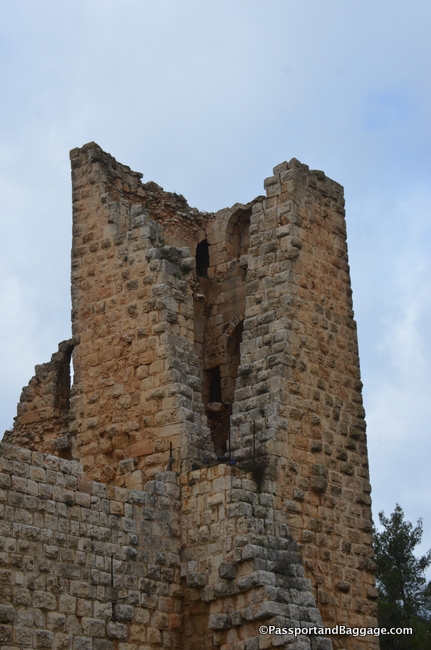
The castle was also one, in a chain, of beacons which could transmit news by pigeon post from the Euphrates frontier to Cairo headquarters in twelve hours.
The stonework in the castle was so spectacular that most of my photos are of just that.
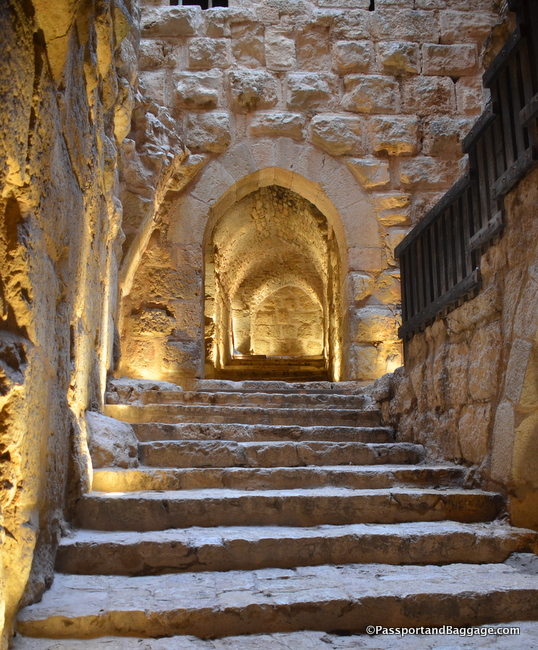 There are two stories regarding the name. One is that the word ‘Aljun’ is a Semitic/Aramaic name from the root “ajal” which refers to a round sloping place. Apparently, there was also a 9th century BCE Moabite king named Ajln. However, the Byzantine era records that Ajlun is in reference to a priest who resided in a monastery on the top of ‘Mount Awf’ which is where the castle sits today.
There are two stories regarding the name. One is that the word ‘Aljun’ is a Semitic/Aramaic name from the root “ajal” which refers to a round sloping place. Apparently, there was also a 9th century BCE Moabite king named Ajln. However, the Byzantine era records that Ajlun is in reference to a priest who resided in a monastery on the top of ‘Mount Awf’ which is where the castle sits today.
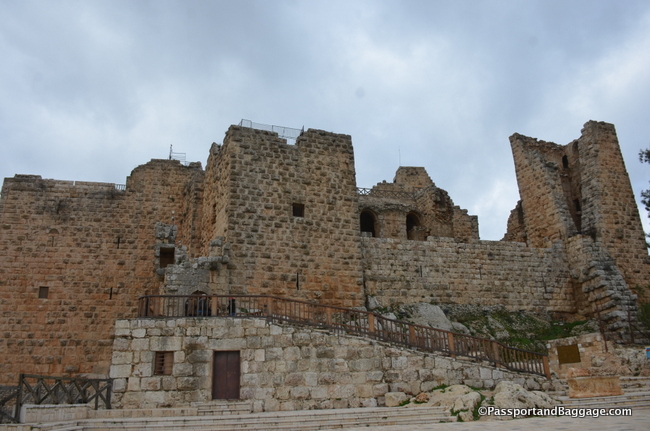
*
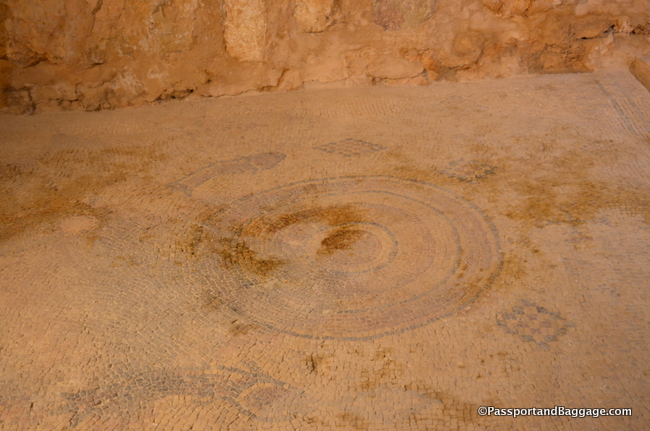
A mosaic on the floor of the old monastery with a loaf of bread and two fish. It also contains a Greek inscription dedicated to Deacon Aryano.
Ancient Jerash
Jerash is considered the most well-preserved sites for ancient Roman architecture outside of Italy. The amphitheater, arches, and plazas are in excellent condition due to the dry climate it is located in. It was hidden for centuries under the desert sand and has been excavated only in the past century.
I spent over two hours here quietly walking around and photographing almost every square inch. I was overwhelmed by the state of the place, but more importantly the size, it covers about 200 acres.
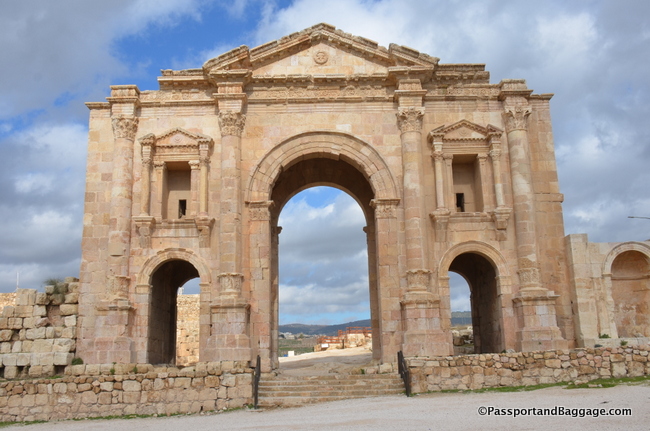
This stunning and overpowering welcoming gate was built to honor the visit of Roman Emperor Hadrian to Jerash in 129/130 CE. The two niches at the top would have held statuary
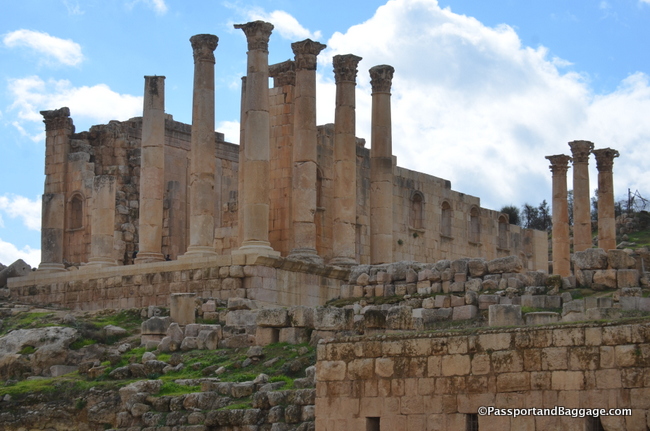
Built in AD 162 over the remains of an earlier Roman temple, the Temple of Zeus was once approached by a magnificent stairway leading from the temenos (sacred courtyard).
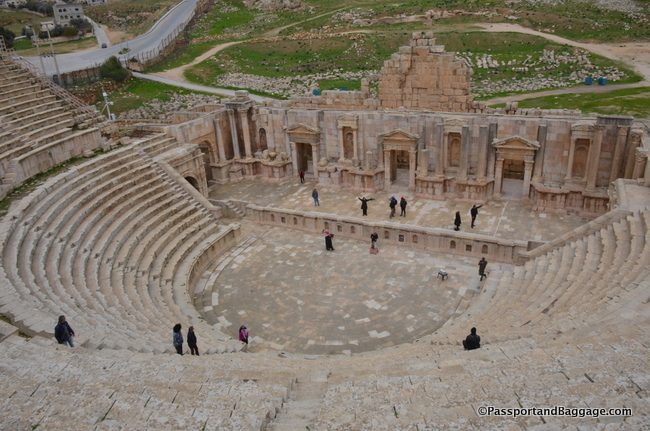
Built between 81 and 96 CE this South Theater could hold 5000 spectators in its two stories of seating (only one tier of which remains).
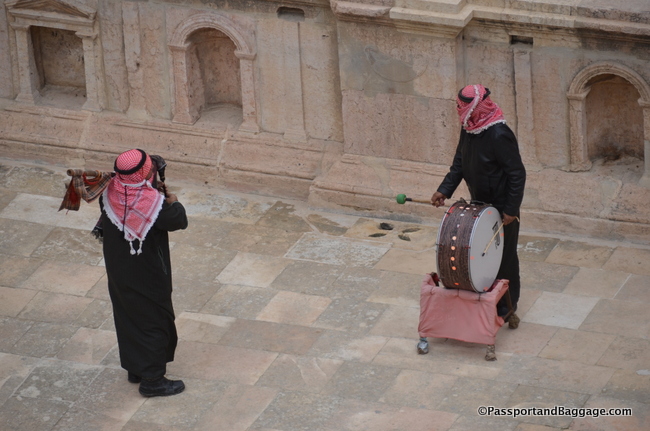
The south theater has amazing acoustics as the Jordanian Bagpipe player and drummer were happy to show off for a small tip
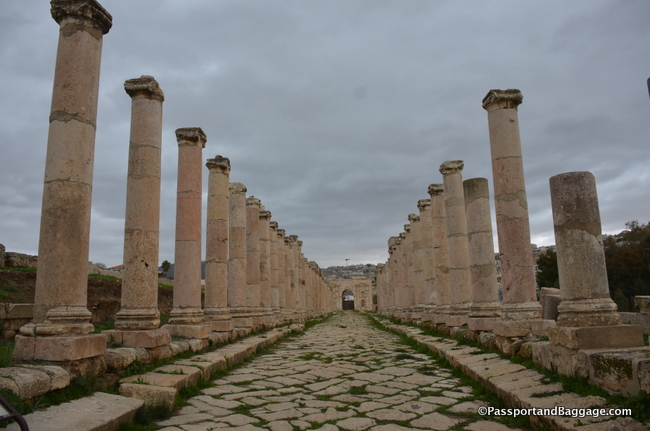
The Cardo Maximus, the city’s main thoroughfare, is 875 yards to the North Gate (Trajan’s Gate), the street is still paved with its original stones, rutted by the wheels of chariots.
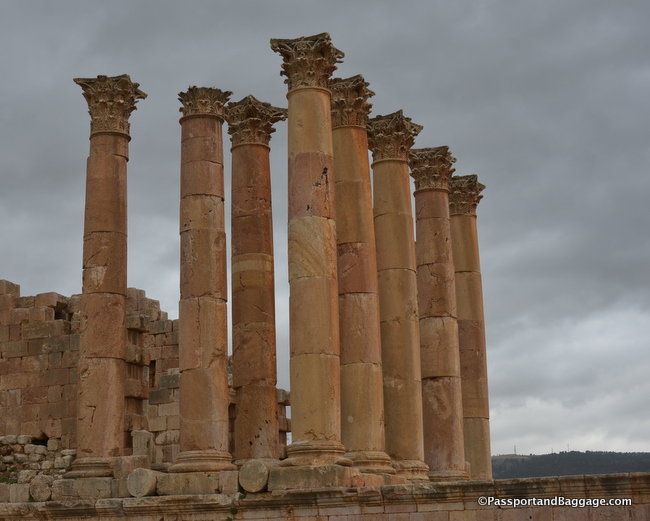
The Temple of Artemis was dedicated to the patron goddess of the city but was dismantled to provide masonry for new churches under Theodorius in 386.
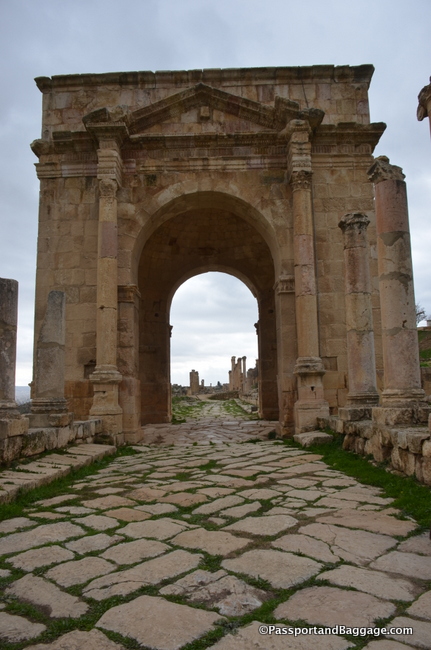
The North Tetrapylon. Tetrapylon means ‘four gates’ and is usually square-shaped structure with a gate on each side
I am like a kid in a candy shop when it comes to Roman ruins, Roman history, and Roman architecture. Today was a very special day for me to wander and take photographs to my heart’s delight. The site is very well marked, with excellent historic descriptions. The space is so large, that at least during the low season, the people were spread out enough to enjoy many of the spaces alone.
January is Jordan’s low season. It is much colder than one would expect, but it is not crowded.
Jordan
January 9, 2019
I am crazy about mosaic floors from the ancient times, so much so that I have a mosaic floor in my home. Today I got to see one of the oldest in the world. The history of mosaic goes back some 4,000 years, with the use of terracotta cones pushed point-first into a background to make a decoration. Beginning around 200 BCE, specially manufactured pieces (“tesserae”) were used to give extra detail and range of color to the work. Using small tesserae, sometimes only a few millimeters in size, meant that mosaics could imitate paintings. The expansion of the Roman Empire then took mosaics to the far ends of the empire.
Mount Nebo
Mount Nebo is mentioned in the Hebrew Bible as the place where Moses was granted a view of the Promised Land.
I have come to Mt Nebo, to view the mosaics in a 4th-century basilica. The church was radically renovated to hold the mosaics that date from around 530.
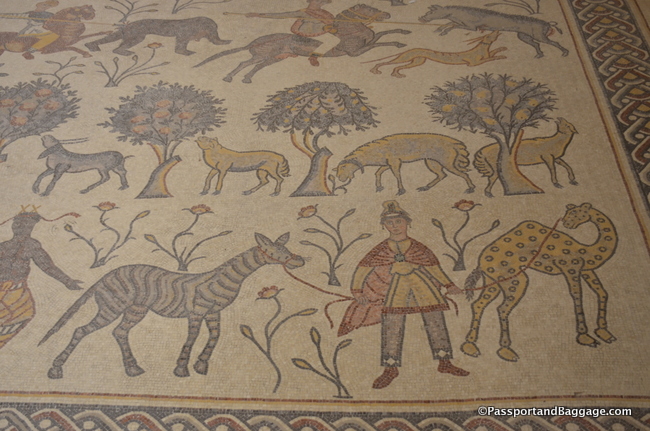 The most stunning is a hunting and herding scene interspersed with an assortment of African animals, including a zebu (humped ox), lions, tigers, bears, boars, zebras, an ostrich on a leash and a camel-shaped giraffe.
The most stunning is a hunting and herding scene interspersed with an assortment of African animals, including a zebu (humped ox), lions, tigers, bears, boars, zebras, an ostrich on a leash and a camel-shaped giraffe.
The church was abandoned by the 16th century and reconstructed in the 20th century, using 4th- and 5th-century pilgrim travelogues. The Franciscans bought the site in 1932 and were responsible for excavating most of the ruins of the church and the monastery, as well as reconstructing much of the basilica.
A sampling of some of the other mosaics in the basilica:
*
Church of Saint George
Madaba, Jordan
This mosaic map is the oldest known geographic floor mosaic in existence. It depicts the Middle East during the height of the Byzantine period (330-1453 CE). Created sometime during the late 6th century CE, much of the map’s tiles have been destroyed but a large contiguous piece of the map still exists illustrating city names and geographic information. The mosaic covers lands from Egypt to Lebanon, including sites such as Bethlehem and Gethsemane, but the heart of the mosaic is the detail of the city of Jerusalem. The Jerusalem portion of the map shows a number of specific structures and street in the city such as the Damascus Gate, the Church of The Holy Sepulcher, and the Tower of David.
More of the tile map:
January 9, 10 and 11 2019
Petra has been on my list of must do’s for a very very long time. I did not realize, however, that my visit to Petra also meant that I have now been to all of the 7 new wonders of the world. I would like to say that I have been to the site of the original 7 wonders of the world, but I must contend with only 6 on that list, as the 7th is in Iraq.
The one thing I found interesting about Petra was the fact that I did not have an OMG moment when I came out of the 3/4 mile long rock alleyway – or Siq – and saw the Treasury. I have a feeling it was because of the number of tourists that were in front of me, or possibly, it was the fact that I have seen so many photographs I had a higher anticipation quotient. None-the-less, I spent three glorious days exploring it all and loved each and every moment.
While I always assume everyone knows all about the Wonders of the World, a short background on Petra:
Petra was the capital of the Nabataean Arabs and is one of the most famous archaeological sites in the world.
It is not known precisely when Petra was built, but the city began to prosper as the capital from the 1st century BCE. It grew rich through trade in frankincense, myrrh, and spices.
Petra was later annexed by the Roman Empire and continued to thrive until an earthquake in 363 AD destroyed much of the city.
The earthquake, combined with changes in trade routes, led to the downfall of the city and it was ultimately abandoned.
By the middle of the 7th century, Petra appears to have been largely deserted and it was then lost to all except local Bedouin from the area.
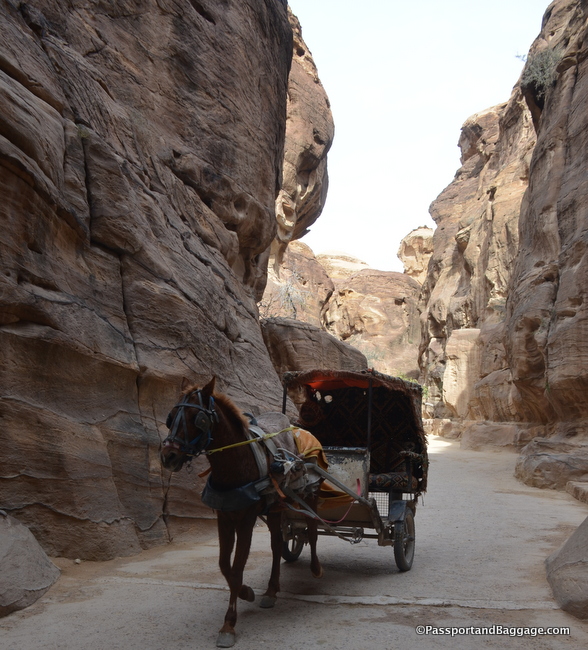
Buggies ply the Siq for those too tired to walk. However, considering the bumpy road, I think all you do is trade sore feet for bruised ribs.
Petra was rediscovered in 1812 by an extremely wealthy Swiss explorer named Johannes Burckhardt, he dressed up as an Arab and convinced his Bedouin guide to take him to the lost city. Cambridge has all of his papers, but a review by the college of what is in the archive is a good summary of Burckhardt’s adventures.
On day two I walked to the top of the mountain via the Al Kubtha trail to see both the theater and the treasury from above. There are 600 stone steps and a lot of rocky steps to get to the top to see the theater. That was just the beginning.
I continued up, just past the view of the theater at which point the trail and all the signage ended. I was eternally grateful for having done my research before departing my hotel. There are many Bedouins begging to be your guide, and they insist that the trail that is marked will not take you to the right place, so you must hire them. Fortunately, I had tripped over a single traveling woman’s blog and she laid it out. While her information was old, the one tip she said it go down, although counter-intuitive, go down. Eventually, I did.
I got to the end of this trail and again, nothing. I could hear voices but I could see absolutely nothing. I crept to the very edge of the rock, and there was a stone stairway down to a welcoming tent and a hot cup of Turkish coffee.

Help support the store, buy something for heaven’s sakes. Their Turkish coffee was freshly brewed on a wood fire outside and delicious.

People that know me, know I hate to have my picture taken, but this was special. Notice how I am holding on for dear life, that is a long drop to the bottom.
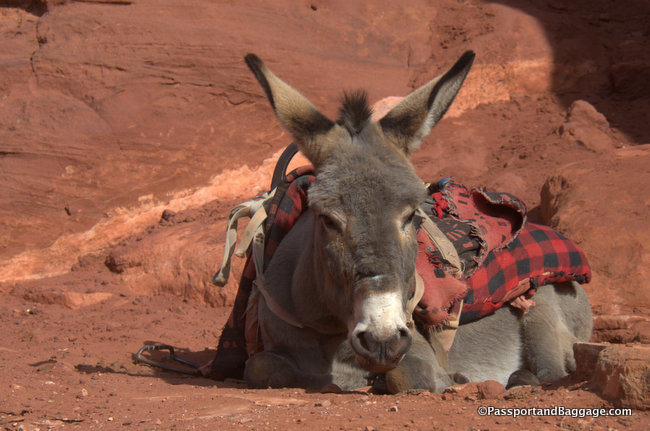
Of course, now I had to do it all in reverse, as I did I ran across this little fella lonely and all alone, I am sure his owner was somewhere in the mountains
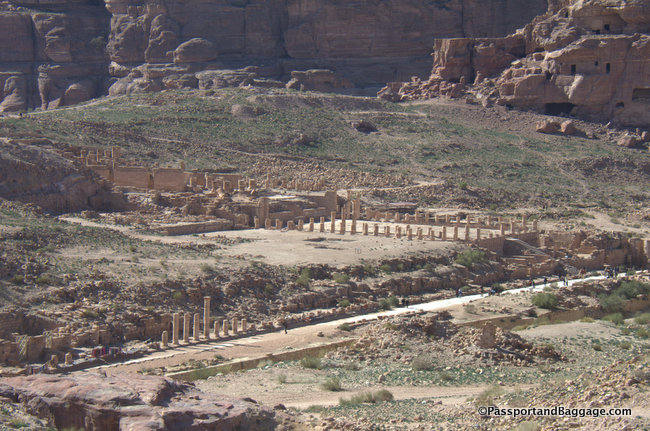
Looking down upon the Great Temple. Based on the style of fragments found at the site, archaeologists believe the Great Temple was built in the last quarter of the 1st century BCE and further enlarged in the 1st century CE. It continued to be used until the Byzantine period (5th century).
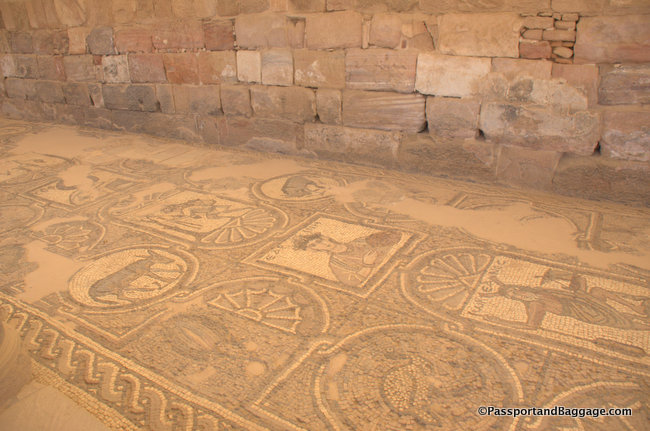
Mosaics in the Petra Church which is thought to have first been built over Nabataean and Roman remains around 450 AD. It may have been a major 5th- and 6th-century cathedral.
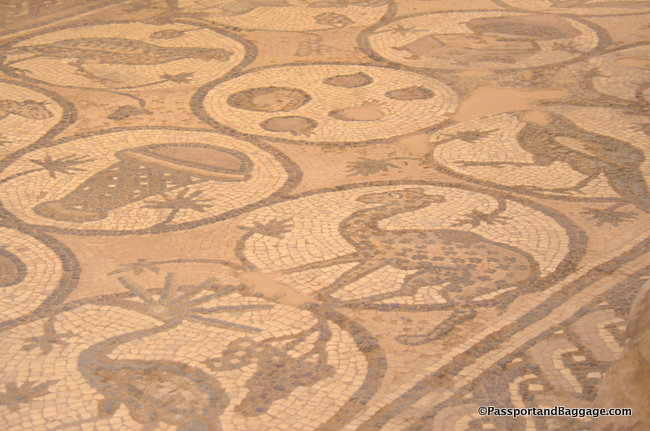
In December 1993, 152 papyrus scrolls were uncovered inside the church. The scrolls, which are the largest group of ancient written material found in Jordan, were carbonized due to the early 7th-century fire and are still being deciphered
On my last day, I visited the Monastery. I began by climbing 800 steps from the desert. – Then one has to climb down the same distance to reach the floor of Petra proper.
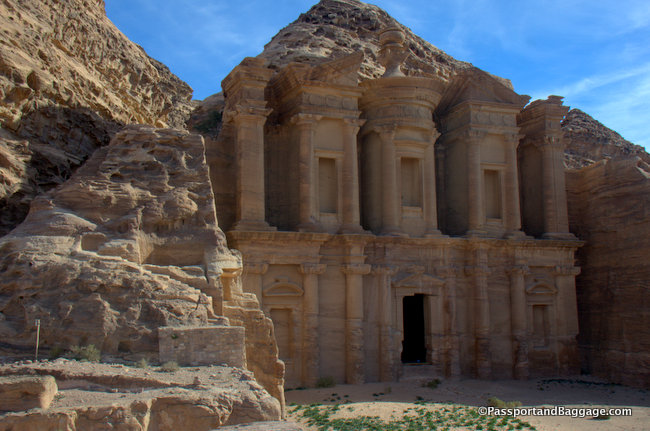
Then you turn the corner, and there it is the Monastery. It dates to the early 2nd century CE, during the reign of King Rabel II.
The last site I saw before leaving Petra for points further was the Turkmaniya Tomb. It is mentioned in Married to a Bedouin, an excellent read if you are planning a trip to Petra.
Petra can be done in one day, I had three, and I think two is enough if you are willing to exhaust yourself climbing. Some people stay for weeks, I would be exhausted from so much wonder if I stayed that long.
The sites were so many, the light every changing, that I could not stop taking pictures. Here are just a few more.
January 11, 2019
Wadi Rum
Wadi Rum, Arabic for Valley of the Light, is a valley cut into the sandstone and granite rock in southern Jordan.
In trying to find something to describe the incredible geology of this area I found this description from National Geographic:
‘Visiting Wadi Rum is a voyage through the geological evolution of Earth, and many of these topographical features are older than the Dead Sea Rift that forms the western border of Jordan. Massive mesas pop straight up from the sea of sand, the result of primordial tectonic movement that cleaved the bedrock with almost cubic perfection before raising it high above the desert floor. Blowing sand and winter floods smoothed the valleys and gorges, shaping the sandstone into natural towers and curving arches. Harder, older granite forms the substrate of Wadi Rum and is visible among the base strata of the higher mountains.”

The village of Wadi Rum itself consists of several hundred Bedouin inhabitants with their goat-hair tents and concrete houses and also their four-wheel vehicles, one school for boys and one for girls, a few shops, and the headquarters of the Desert Patrol.
Your stay begins when you are picked up in town, you and your things are thrown in the back of a small 4 wheel drive pickup truck and you are driven about 20 to 30 minutes into the desert.
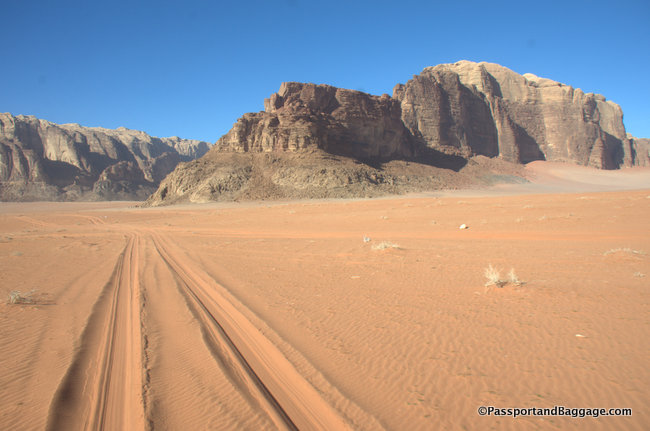
Wadi Rum may be best known for its connection with British officer T. E. Lawrence (of Arabia), who passed through several times during the Arab Revolt of 1917–18. In fact Shots of Wadi Rum in Lawrence of Arabia from 1962 kick-started Jordan’s tourism (and film location) industry. Wadi Rum is home to the Zalabia Bedouin who, working with climbers and trekkers, have made a success of developing eco-adventure tourism as their main source of income. As I mentioned in an earlier post, this is one of the large sources of tourism dollars for Jordan as people from all over the world, as well as locals come and spend days or weeks trekking, climbing, and four wheeling, the real reason to spend more than a few days in this lovely country.
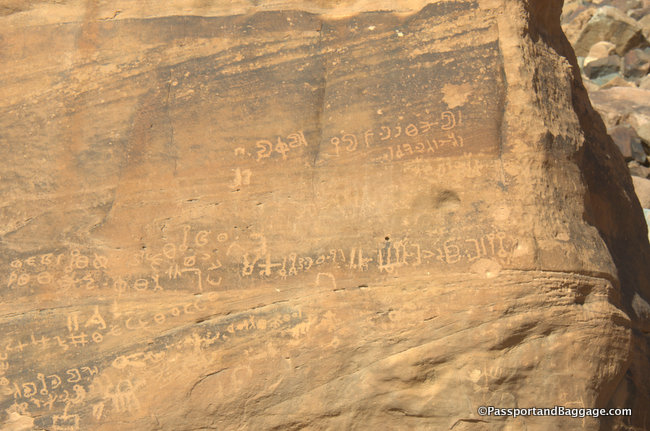
Wadi Rum has been inhabited by many human cultures since prehistoric times, with many cultures–including the Nabataeans–leaving their mark in the form of rock paintings, graffiti, and temples.
I was here to go camping for one night. This is camping, not glamping. The toilets are shared among the sexes, there are no showers and no heat, which considering the night time temperatures in January drops to 9 degrees Fahrenheit, it was a good thing there were at least 5 blankets on my bed. I had no problem with any of this, in fact, I met the most delightful family from Australia, we were the only folks there during the offseason and had a wonderful time. It is just a warning to others. There are high-end sites with private showers and yoga classes if one prefers.

Chicken on the top, vegetables in the middle and rice on the bottom, it was all absolutley delicious
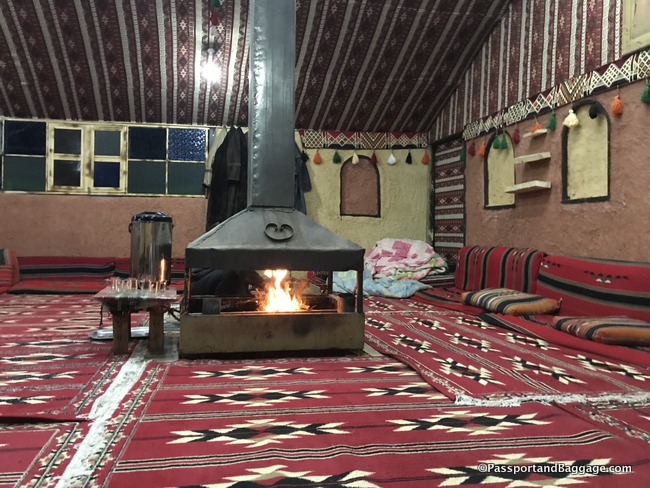
After dinner we sat around the fire sipping Bedouin Tea, which consists of sage and lots of sugar. The staff sleeps here around the fire at night, they are very lucky to do so on the cold nights
I did nothing for the day I was there. I trekked through the sand, took pictures, and stared out into the horizon. Here is a little bit of what I saw.
Wadi Rum has a very important place in the history of the Middle East.
Before World War I, much of the Arabic-speaking world was controlled by the Ottoman Turkish Empire. The Allied forces convinced Hussein bin Ali, Sharif of Mecca, to join the Allies and take up arms against the Ottomans in return for Arab independence.
Under the leadership of Hussein’s son, Prince Faisal—and with assistance from the now famous T.E. Lawrence, the Arabs fought to interrupt train passages on the Hejaz Railway.
These continuous attacks on the transportation systems wreaked havoc on Turkish lines of communication and were instrumental in defeating the Turks and ending the war.
January 12 and 13, 2019
The Red Sea
One can not come this far and not see the two seas. I mentioned in my first post about Jordan, that the country has so much more than Petra, and vacationing on the Red Sea is one of them.
It is a destination tourist town with the best statistics I could find dating to 2016, at that time Aqaba city hosted around 532,000 tourists.
Russian tourists topped the list, with around 60,000 visitors, followed by Saudi Arabians (around 13,000) and Americans (around 9,000), with significant numbers of German, Arab Israeli’s and French.
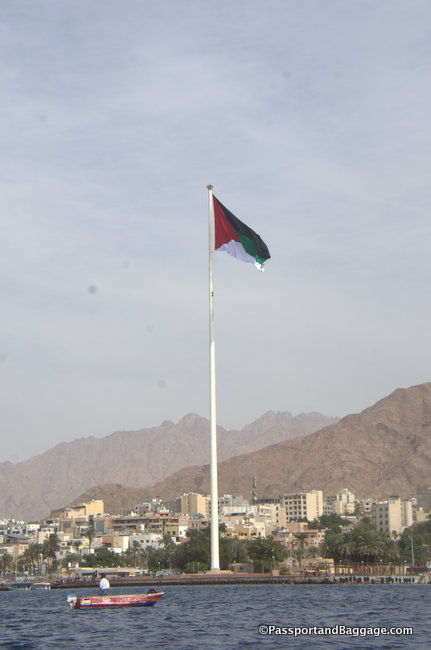
The Aqaba Flagpole is the 6th tallest free-standing flagpole in the world at 430 ft. It carries the flag of the Arab Revolt commemorating the Battle of Aqaba that took place in 1917. The flagpole can be seen from Israel, Egypt, and Saudi Arabia.
The town of Aqaba has numerous 5-star hotels, a private yacht club and miles of reefs for snorkeling and diving. It is also the only resort area on the Red Sea in Jordan.
I had a sea view room at the Movenpick and simply opened my window, pulled up a chair, put my feet on the railing and looked out the window while I blogged, a nice way to slowly wind down this adventure.
I am not a big fan of glass bottom boats, but I took one on the Red Sea. My skipper, Hussain did a pretty good job of taking me over the more beautiful parts of the reefs. I don’t know that I would even recommend one does this, obviously snorkeling or diving would allow you to see things much closer and may be more bang for the buck, but it is January, and the wind is blowing and a glass bottom boat seemed like a sensible way to get out on the Red Sea.
At this point in the Red Sea (The Gulf of Aqaba), you can see hotels in Egypt and the city of Eilat in Israel. It is beautiful and serene. Sadly rocket attacks on Eilat, in Israel, and Aqaba, in Jordan, have been used by militants from the Palestinian Islamist group Hamas and organizations linked with Al-Qaeda because of the relative ease to do so from adjacent desert areas. Most of these attacks target Eilat, the last attack on Aqaba was in 2010.
I felt extremely safe in Jordan, there are checkpoints and a military presence, but not nearly the amount one sees in Egypt.
The Dead Sea
 The Dead Sea is fascinating because it sits 1,412 ft below sea level, and is Earth’s lowest elevation on land.
The Dead Sea is fascinating because it sits 1,412 ft below sea level, and is Earth’s lowest elevation on land.
The surface is receding about 3 feet every year, due to the siphoning off of up-river water by different countries, if you are interested in exploring the subject further here is a great article by the BBC.
The Dead Sea in Jordan is hardly worth the stop. There are three hotels, the booking agency I used (KimKim) put me in one I would not recommend to my worst enemy, the Dead Sea Spa. This area is for Russians to get away from the heat and qualifies in my opinion as a member of the sixth circle of hell. It is a giant resort, geared for kids and people that just want to bake their skin and get drunk (and yes that is possible in these resorts, even in Jordan). I did what any self-respecting girl would do and headed to the spa.
 The desert goes on and on and on and then there is the Dead Sea with its rocky shore, three hotels, and then the desert goes on and on and on. I have no idea if visiting on the Israel side is something worth pursuing, and yes I put my toe in the water, it is far saltier than you can imagine, so much so that they warn you about the dangers of getting it in your mouth or eyes.
The desert goes on and on and on and then there is the Dead Sea with its rocky shore, three hotels, and then the desert goes on and on and on. I have no idea if visiting on the Israel side is something worth pursuing, and yes I put my toe in the water, it is far saltier than you can imagine, so much so that they warn you about the dangers of getting it in your mouth or eyes.
Some people were covering themselves in the rich dark mud that is supposed to be so good for you, see note above about spa.
I am very glad I came, as my grandparents did in the 1960s, but I am not sure I understand what the fuss is about, however, the geological portion is absolutely fascinating.

Since the water is receding, the hotels now sit quite a ways up from the water, I had to walk quite the distance to reach the Sea.
This is my last day in Jordan, and it has been an eye-opening experience. Jordan is worth the visit, but I highly recommend one is either on a tour or has their wits about them. Everyone here is on the hustle. You are told the price is one thing, and then you get to the point of no return, and bingo, the hands go out and you can not go further without baksheesh. Prices are completely unknown, even to the Jordanians, my driver would often tell me even he had to bargain and wasn’t sure he always got a fair price for things.
The people are delightful, it is just in the culture to see how far they can push it and how much they can get for themselves out of every transaction. I have already mentioned that the country is not cheap, but it is worth it.
Another hint, four-star hotels in Jordan are far more comparable to 2 stars in the US, so when your budget allows, always book a five star, but don’t expect much in the smaller towns, even then.
A random thought if there ever was one. My dear friend Susan, who travels, I think more than I, AND writes a food blog, once asked what is with Nescafe? I am going to ask the same thing. I have had some of the best Turkish coffee on the streets of Egypt and Jordan, but when it comes to restaurants and hotels, what is with Nescafe?
This has been a long trip, but fascinating. I have traveled 30,000 miles by air, car train or bus and thanks to modern technology, my Fitbit tells me I have walked an additional 350.
